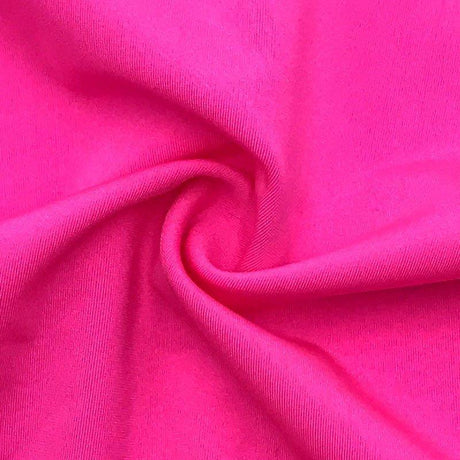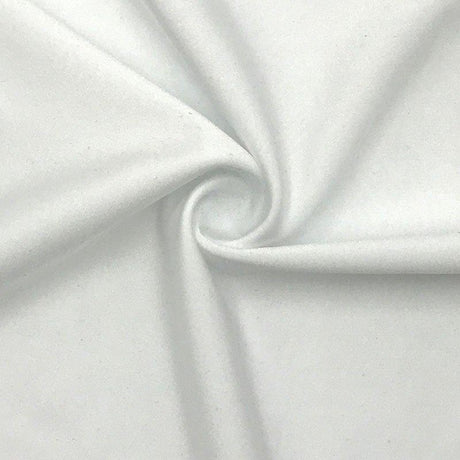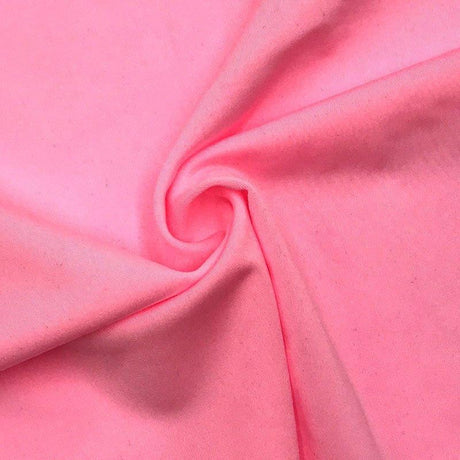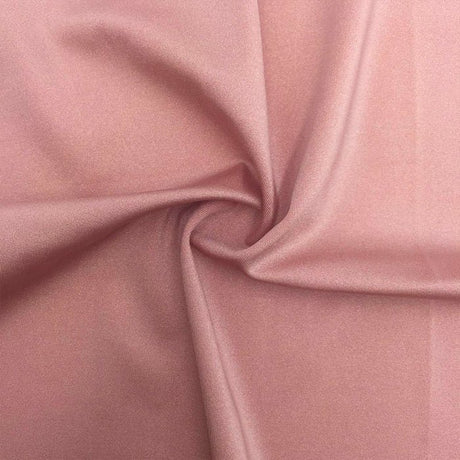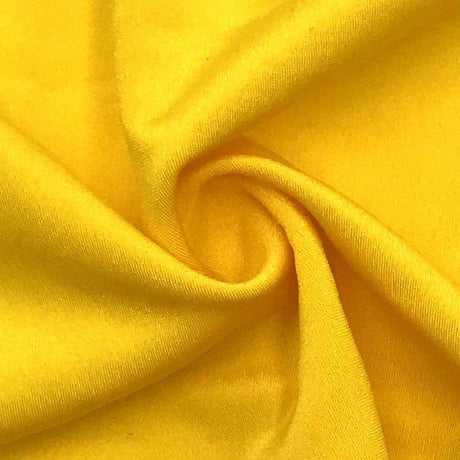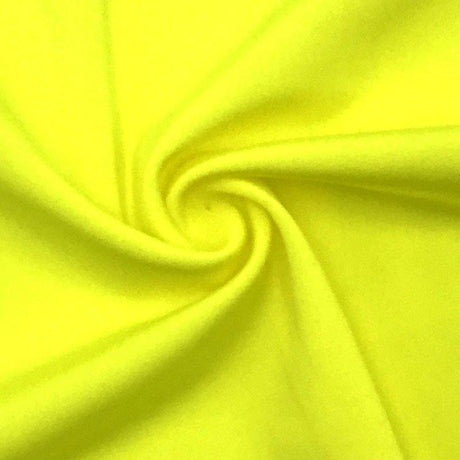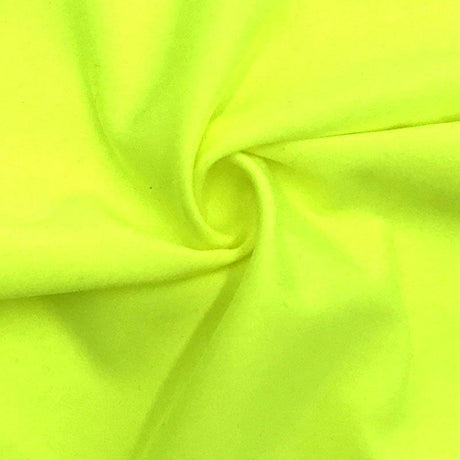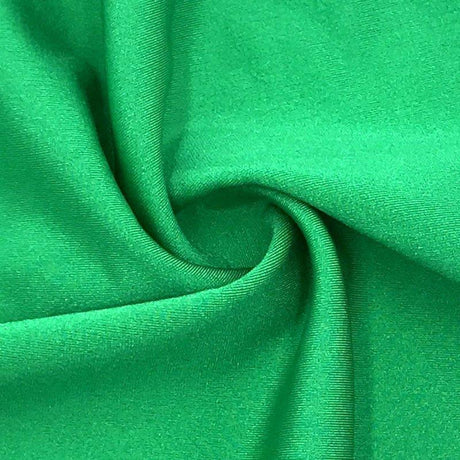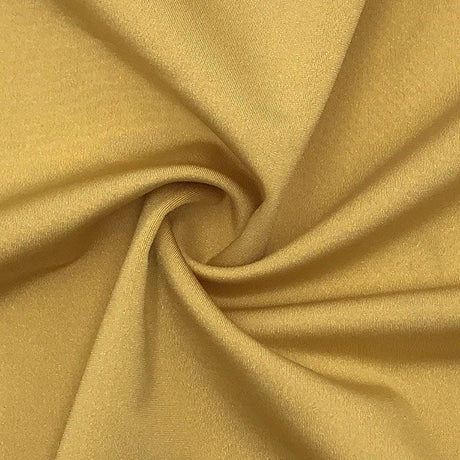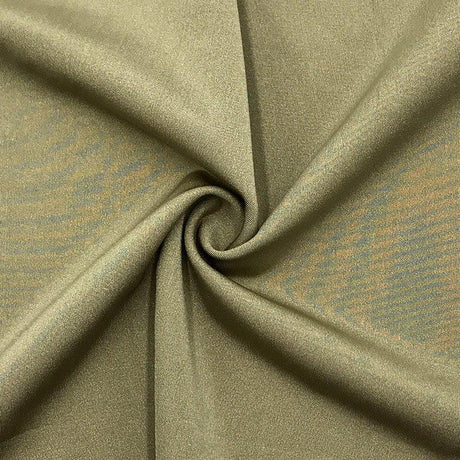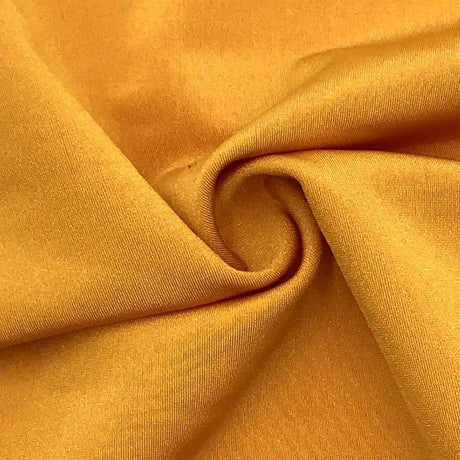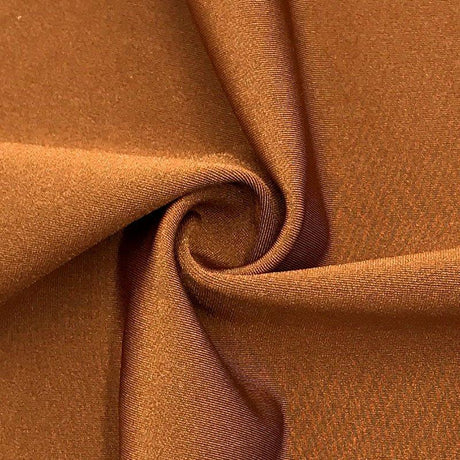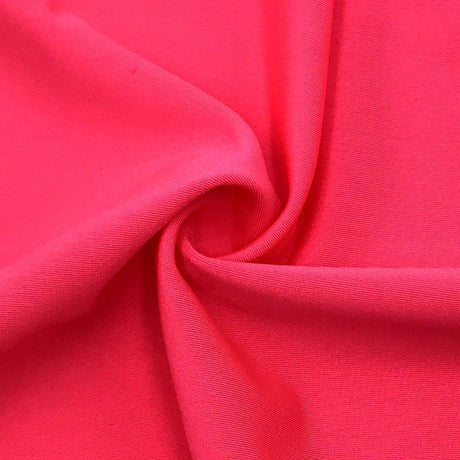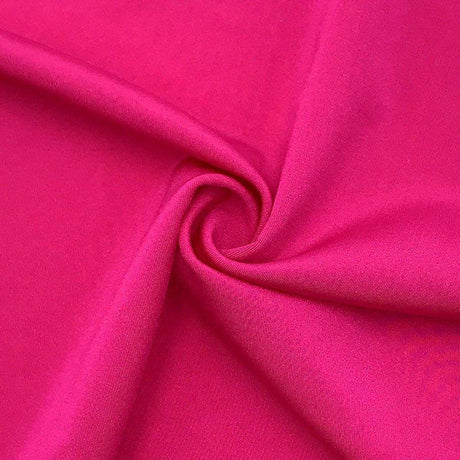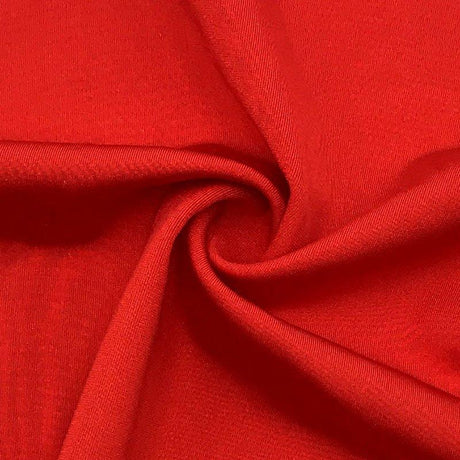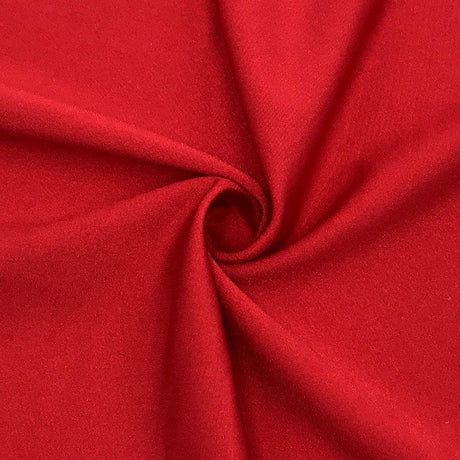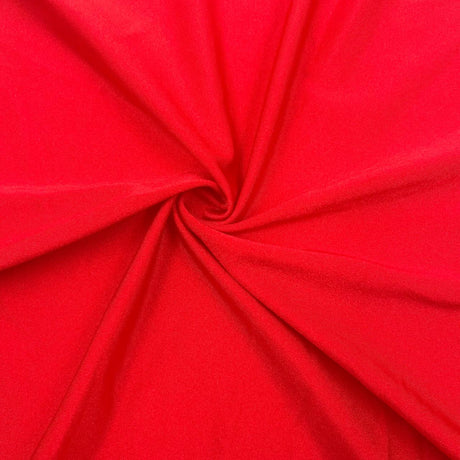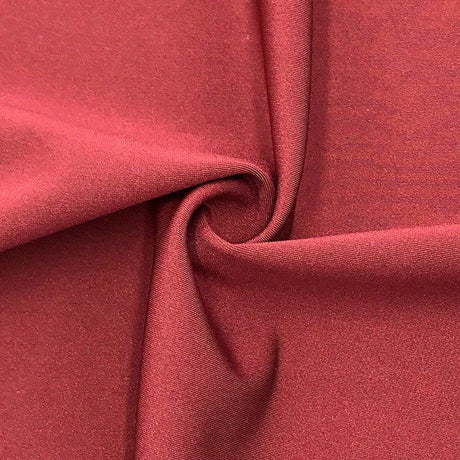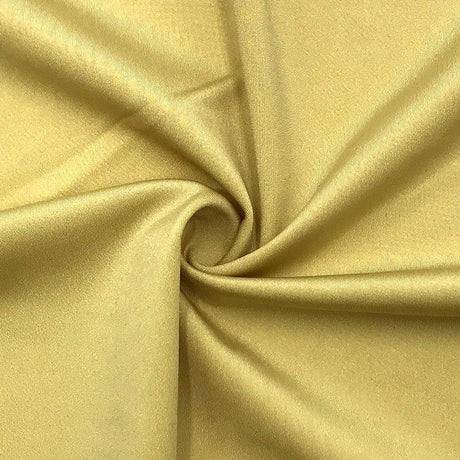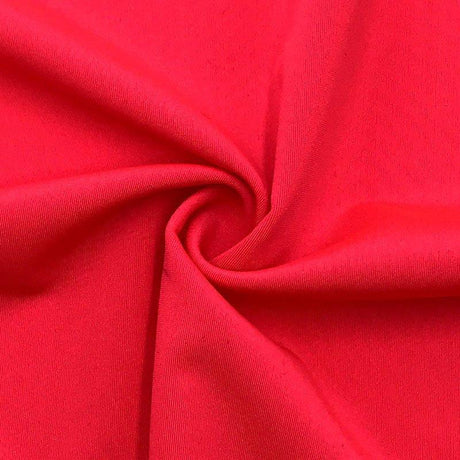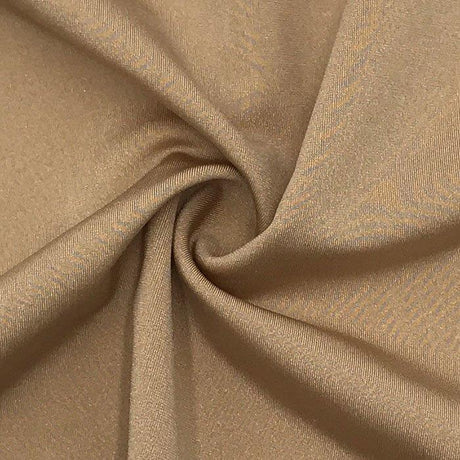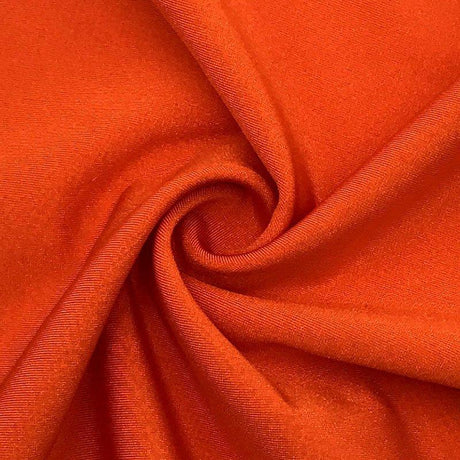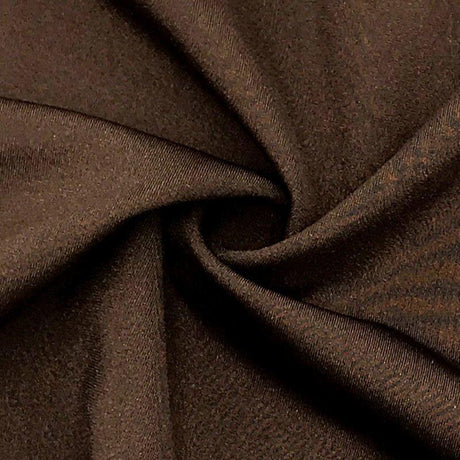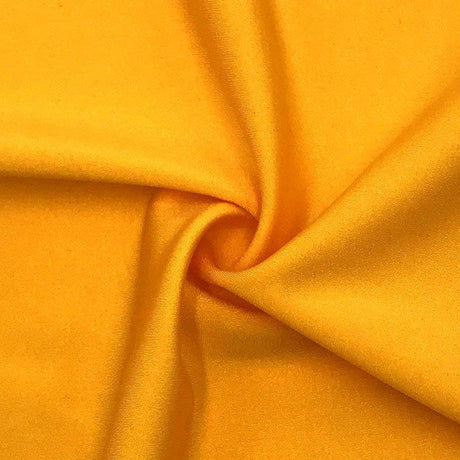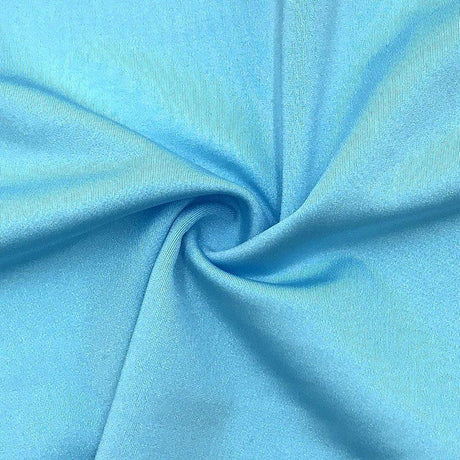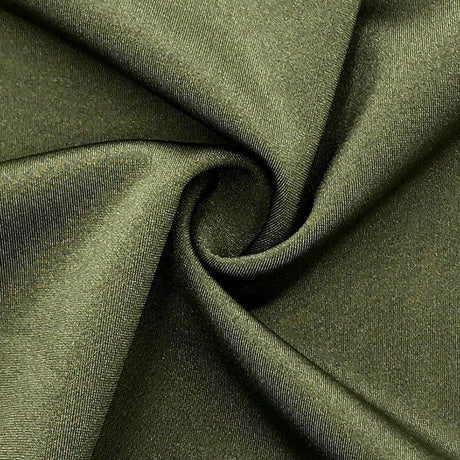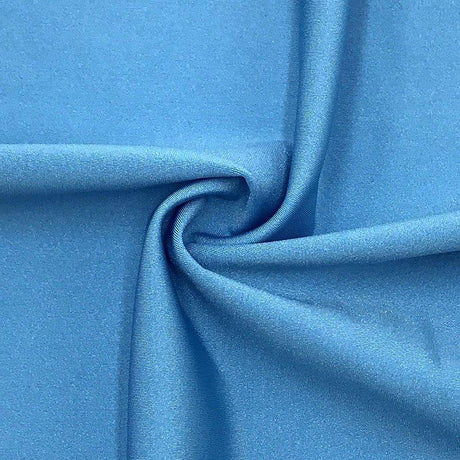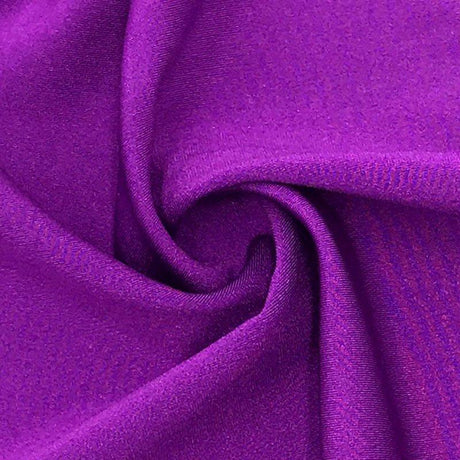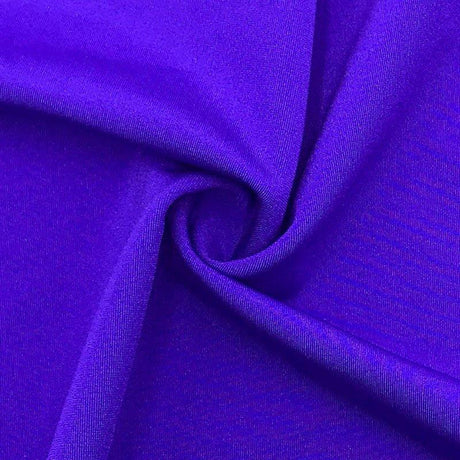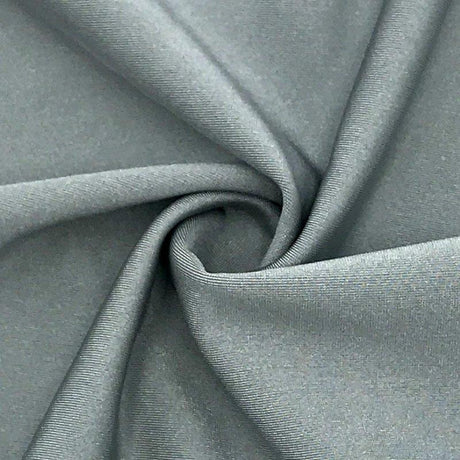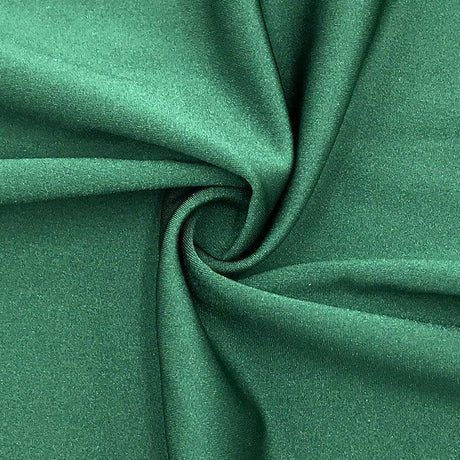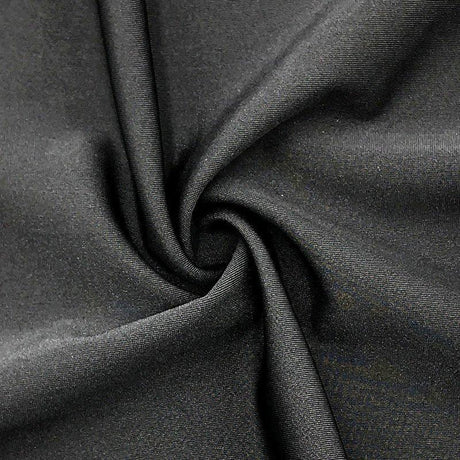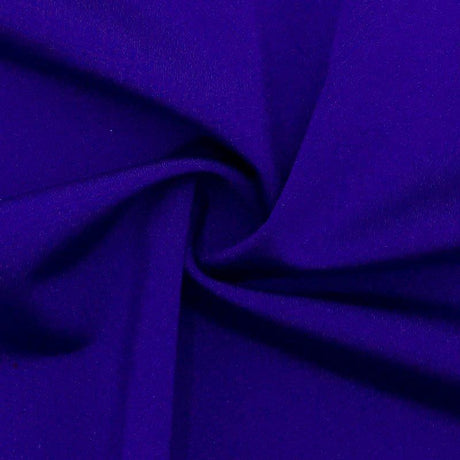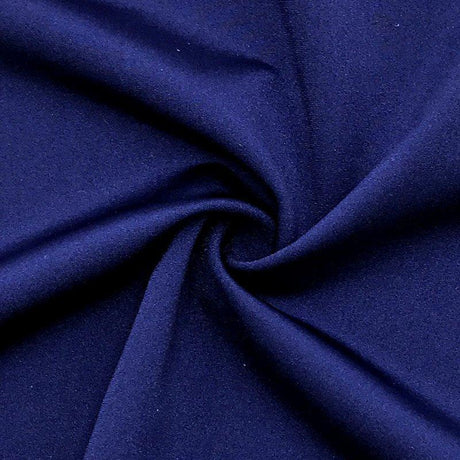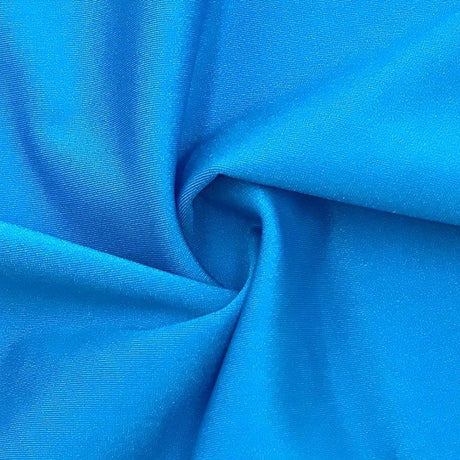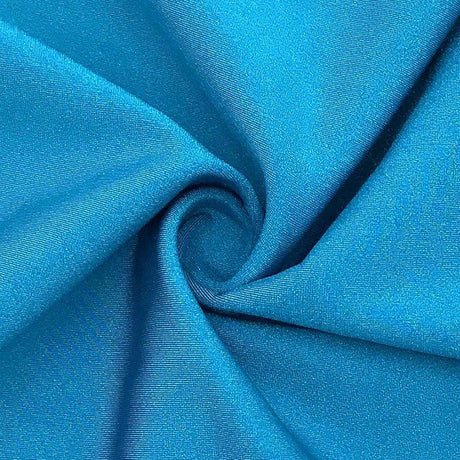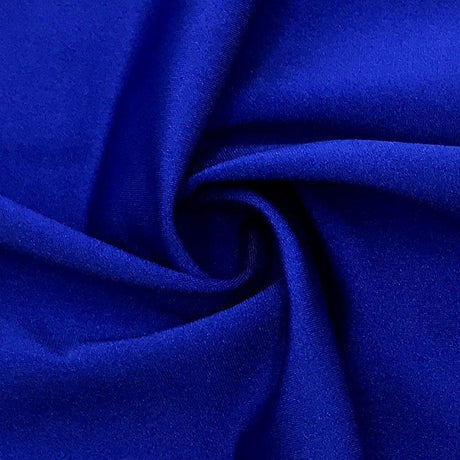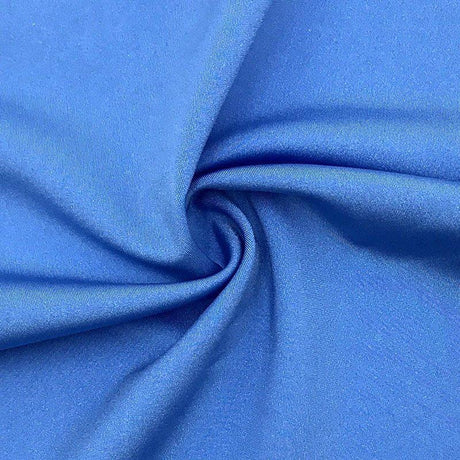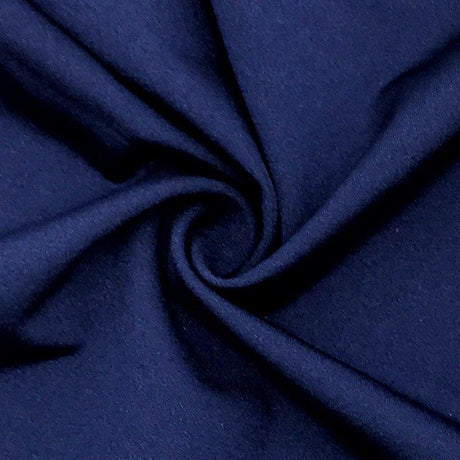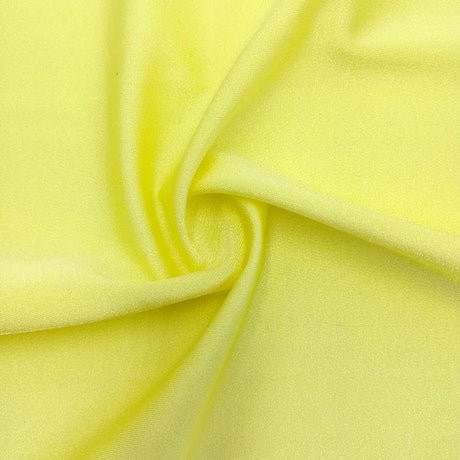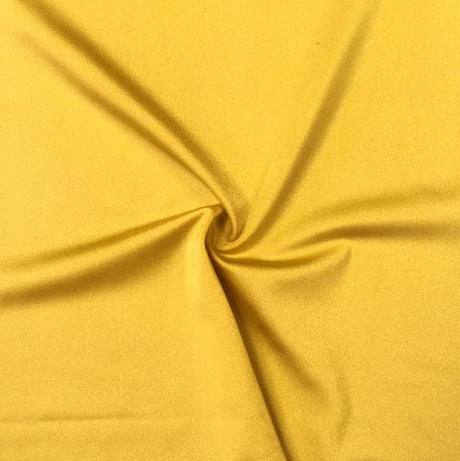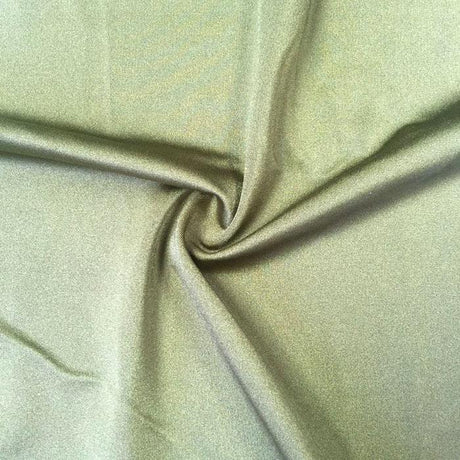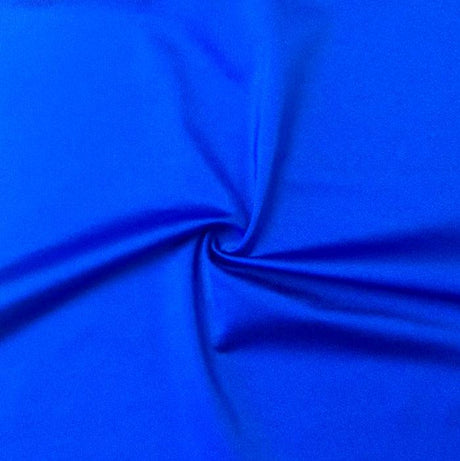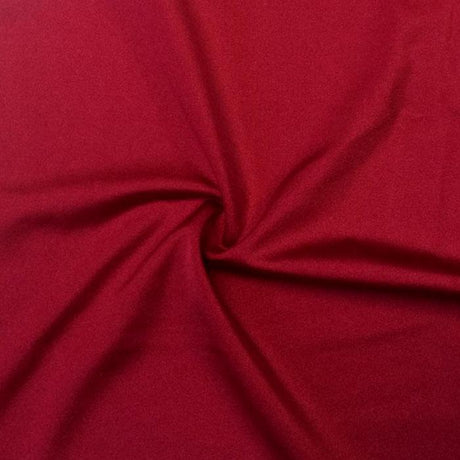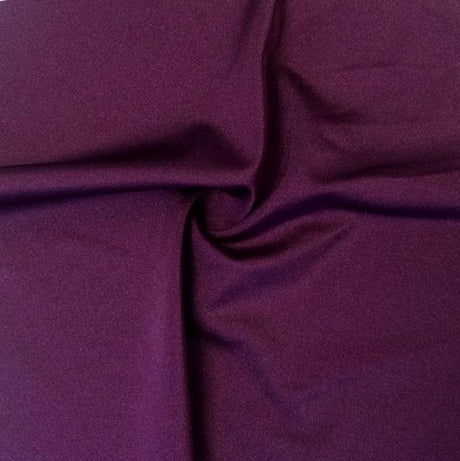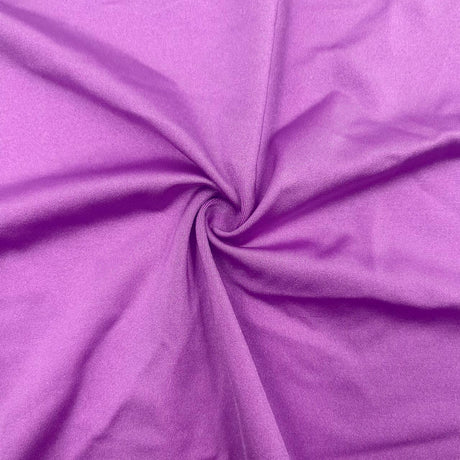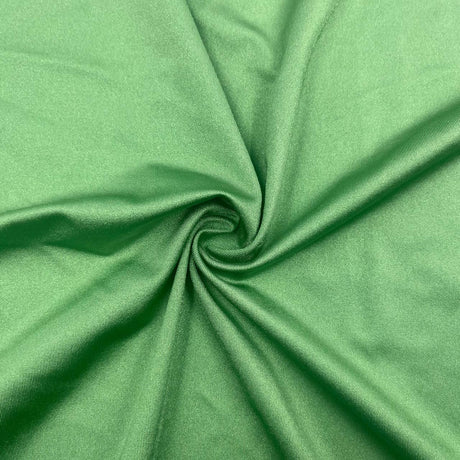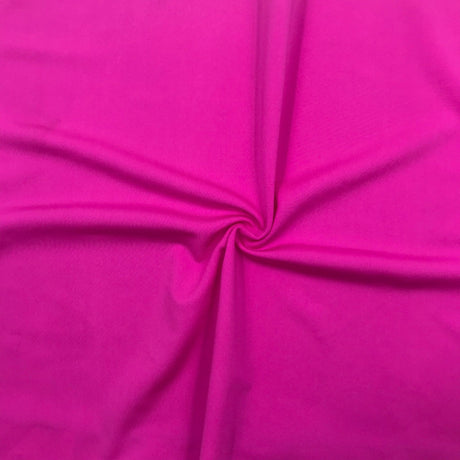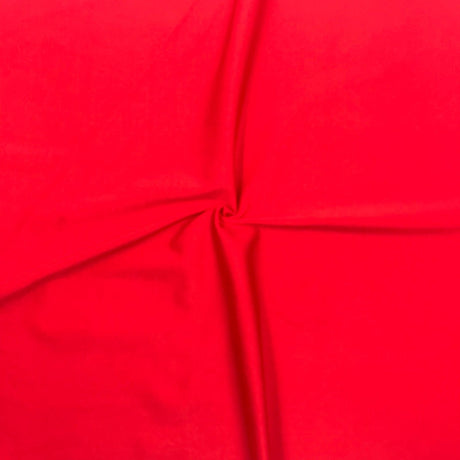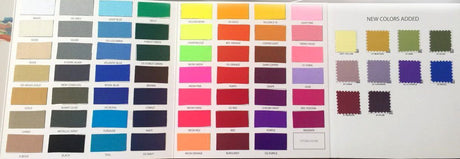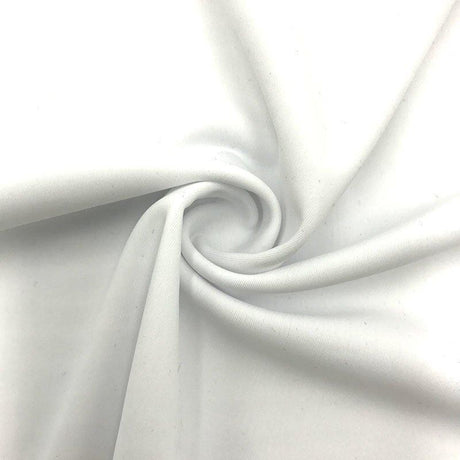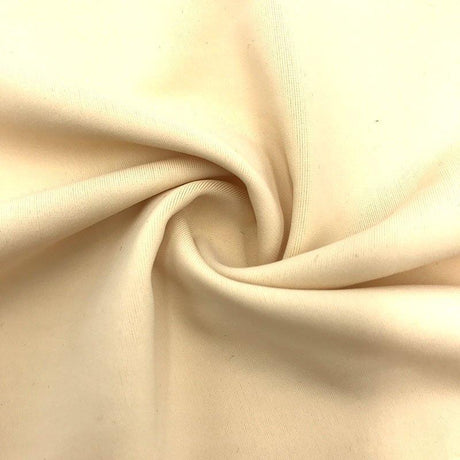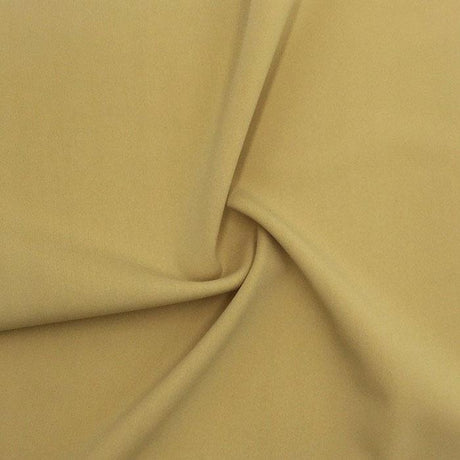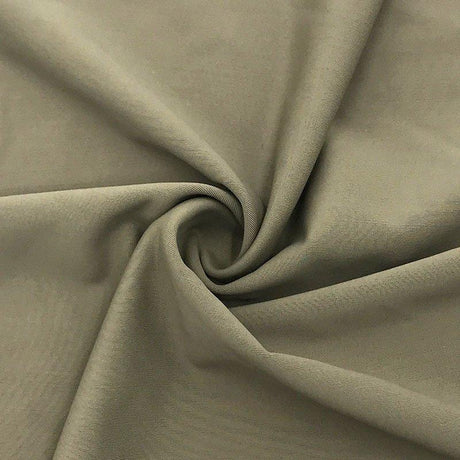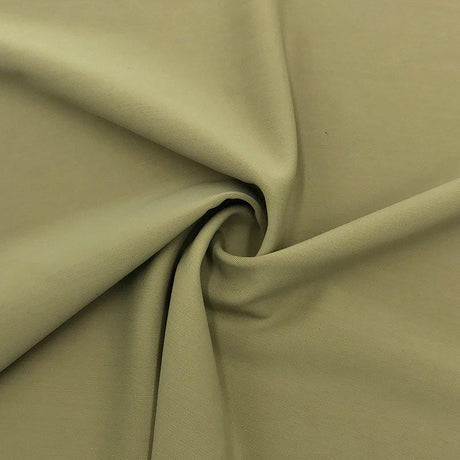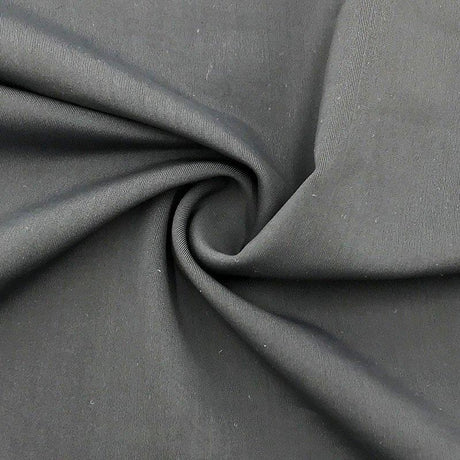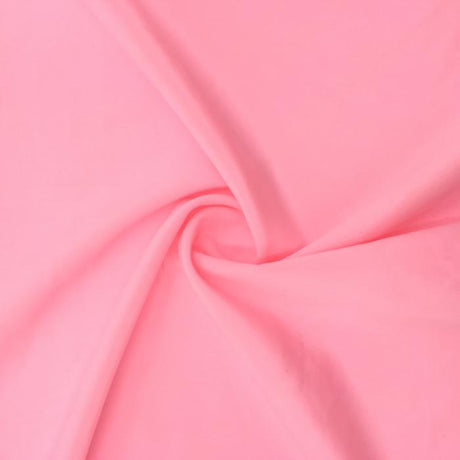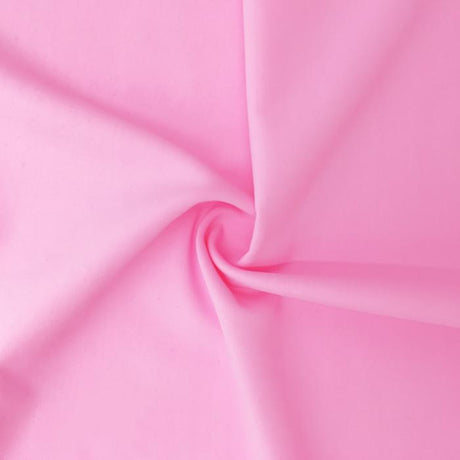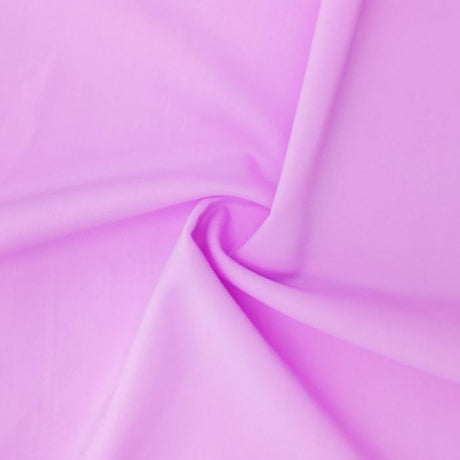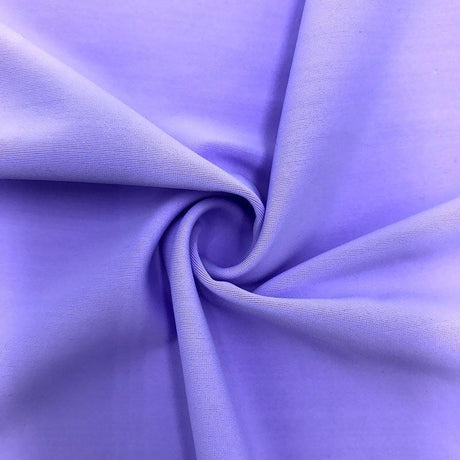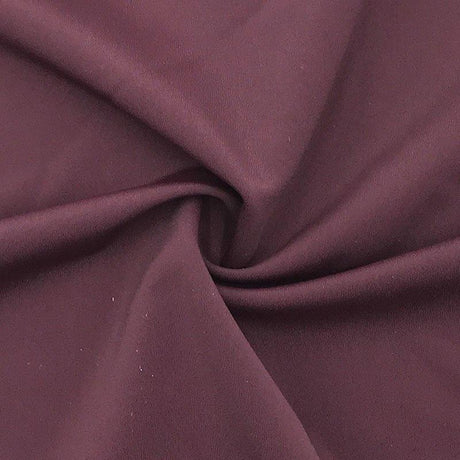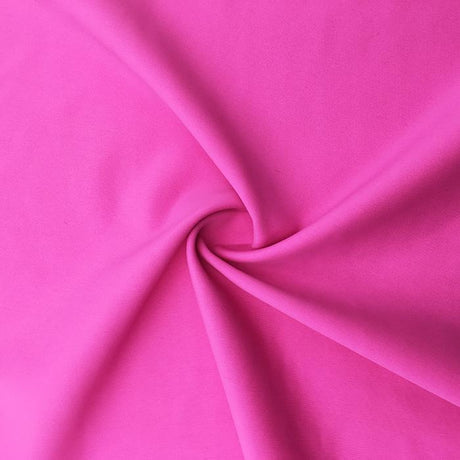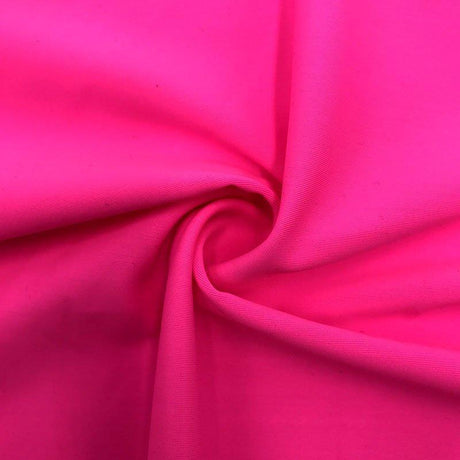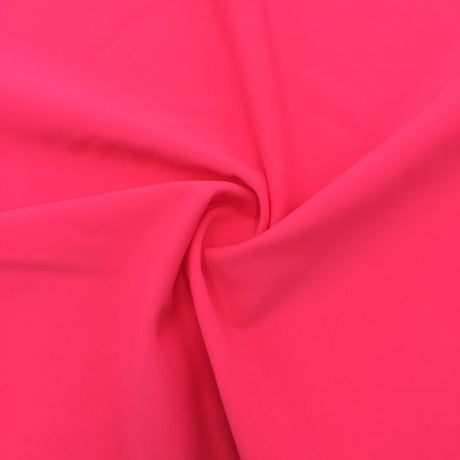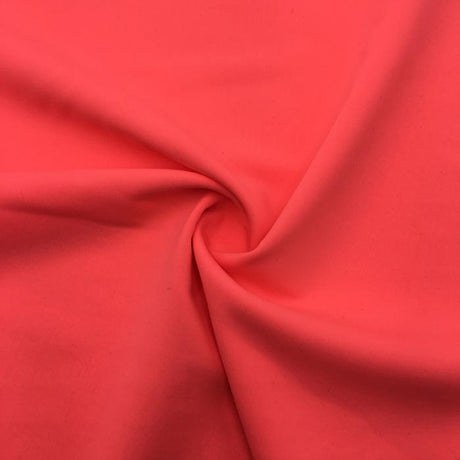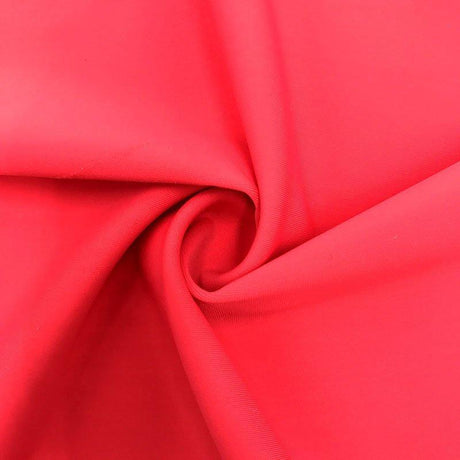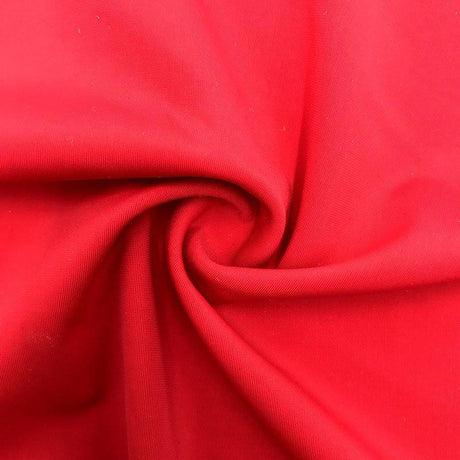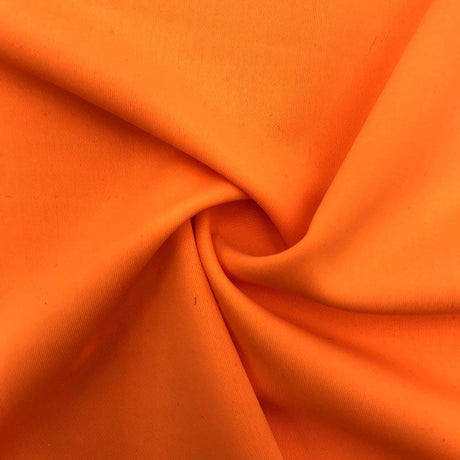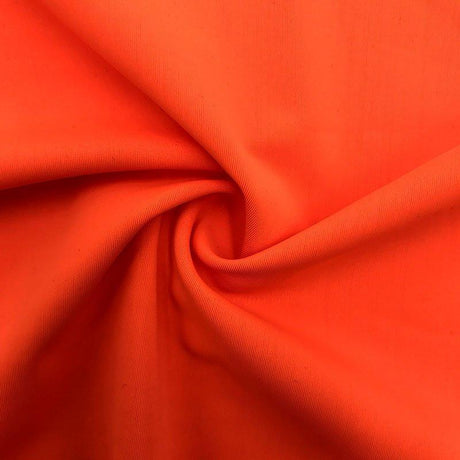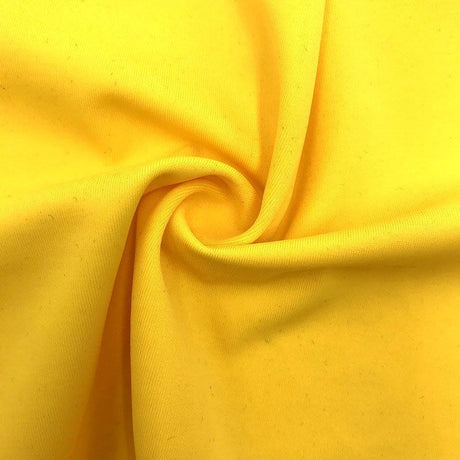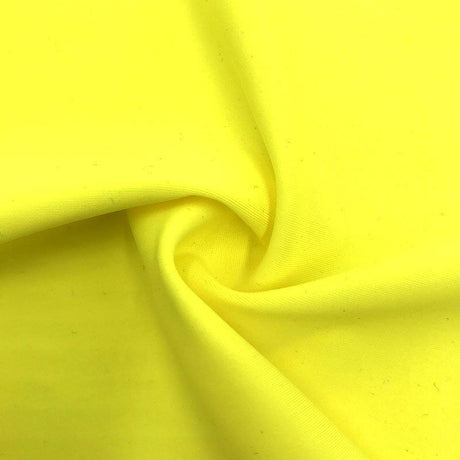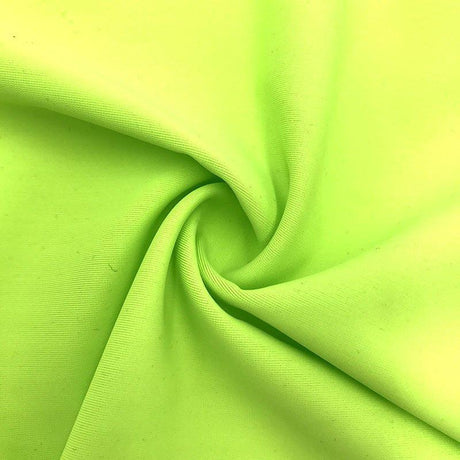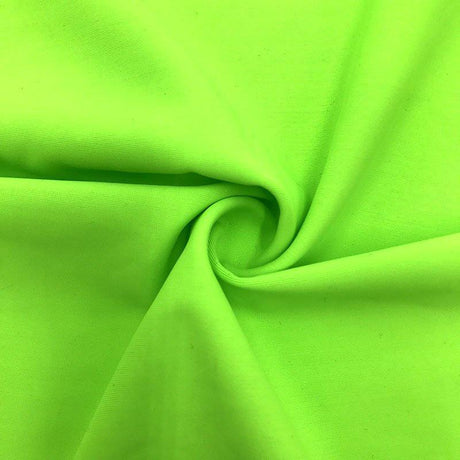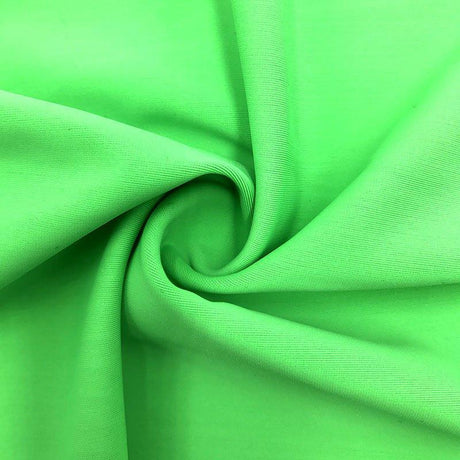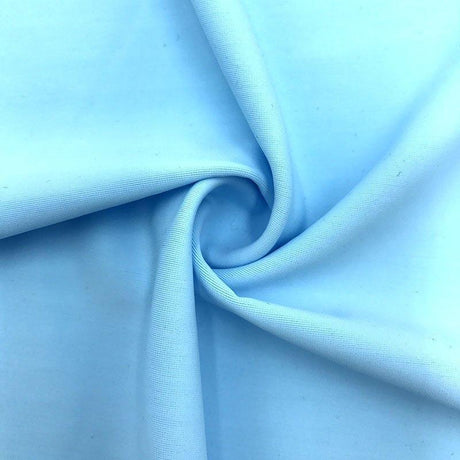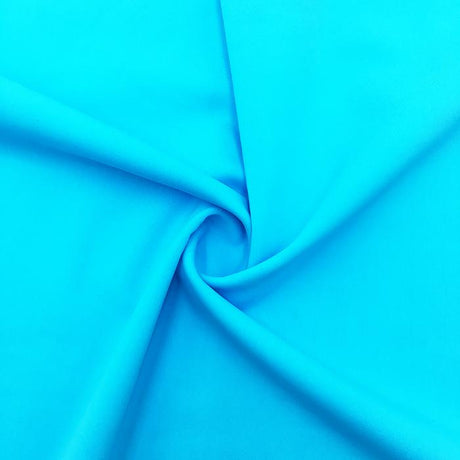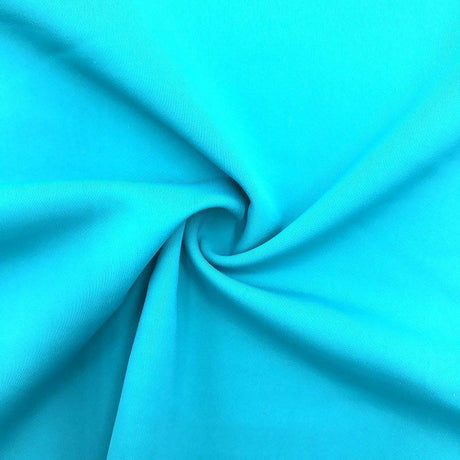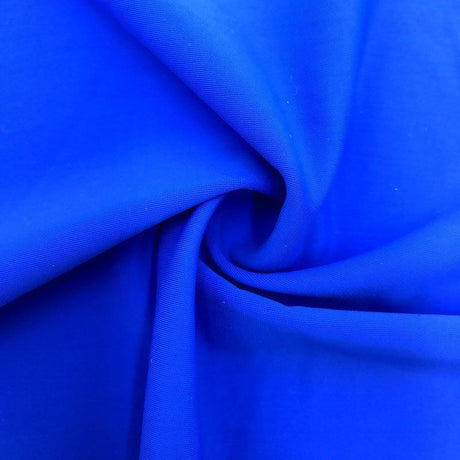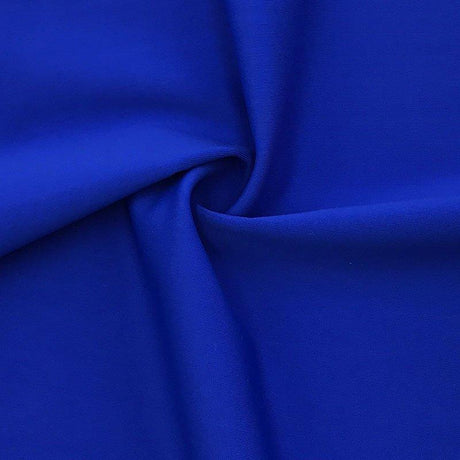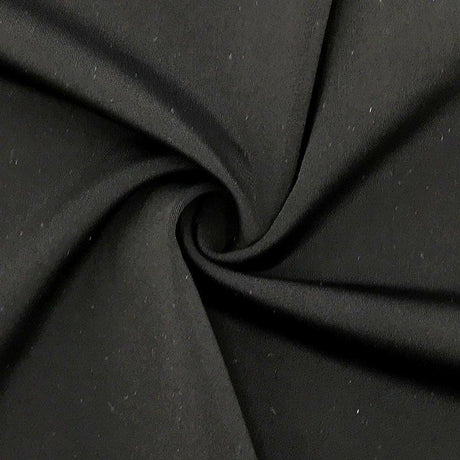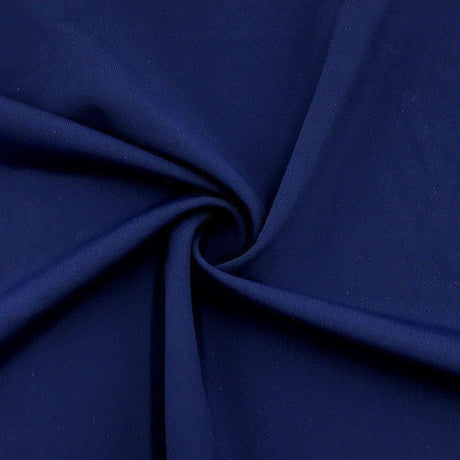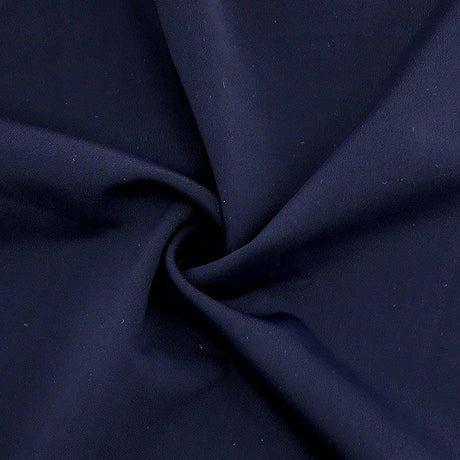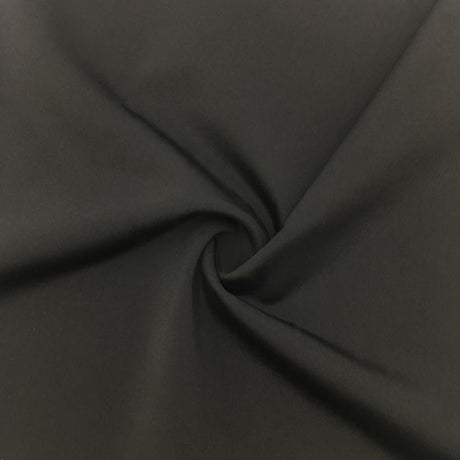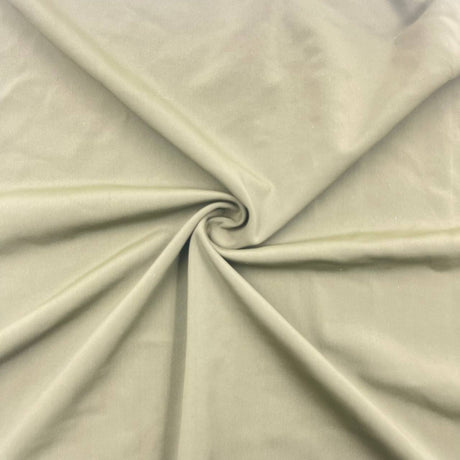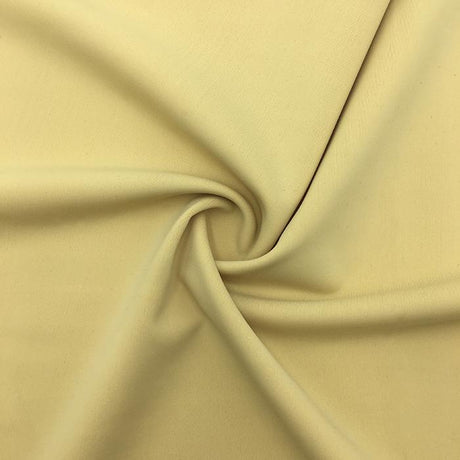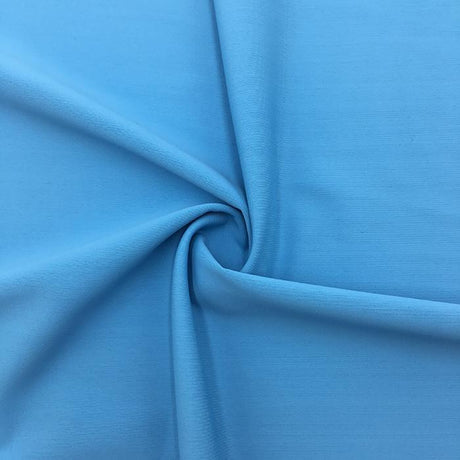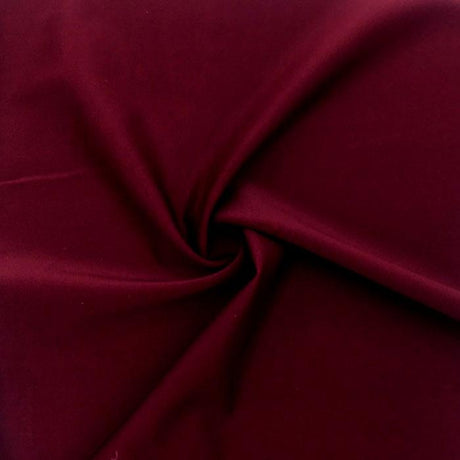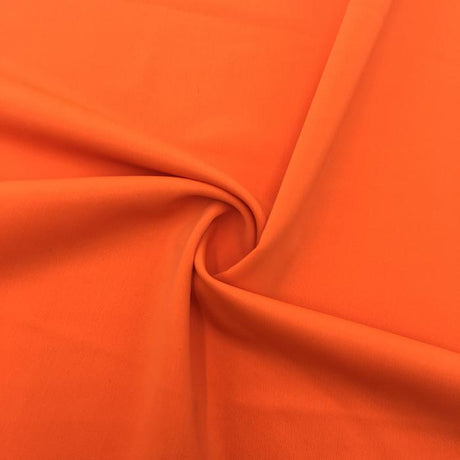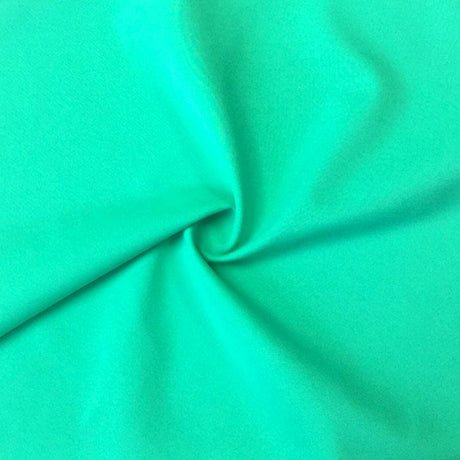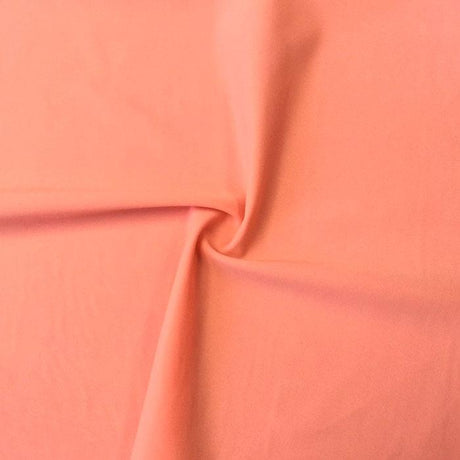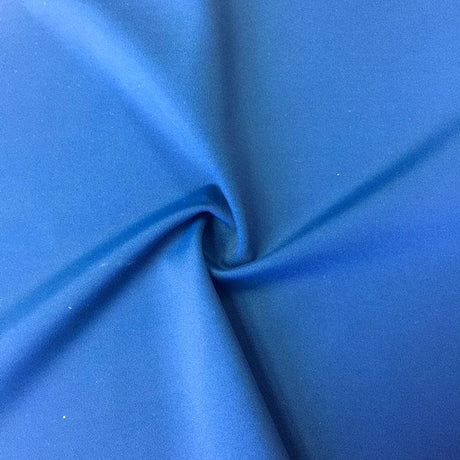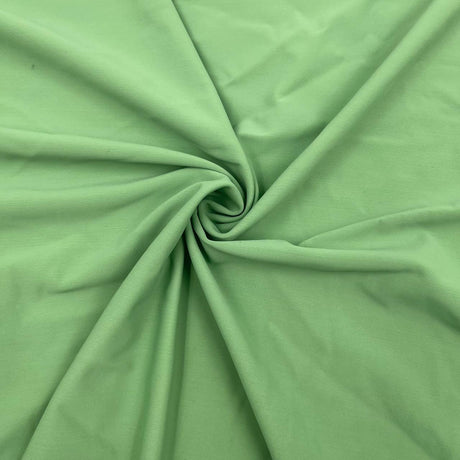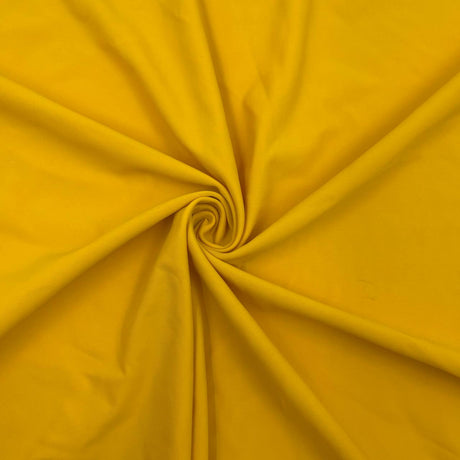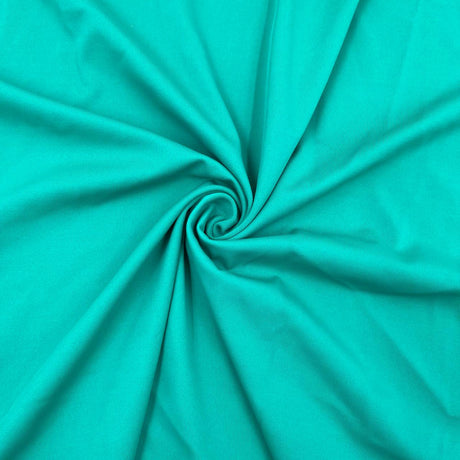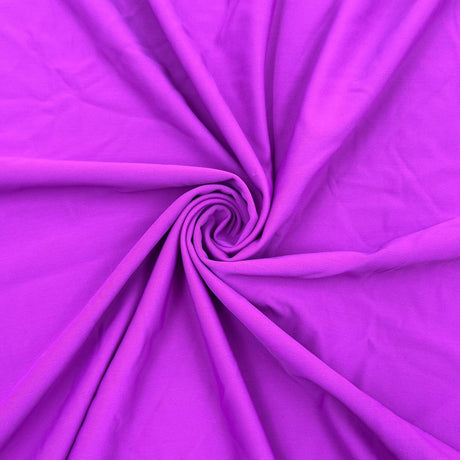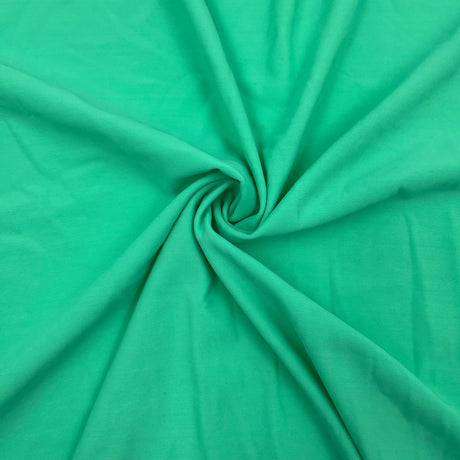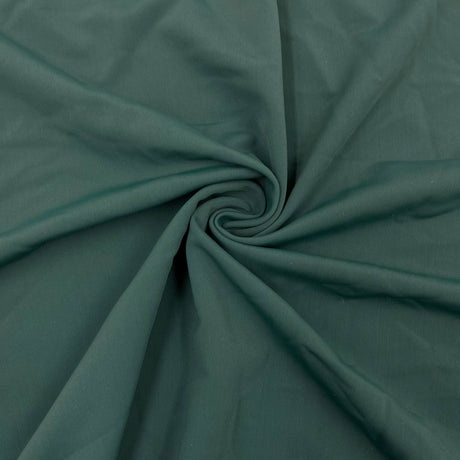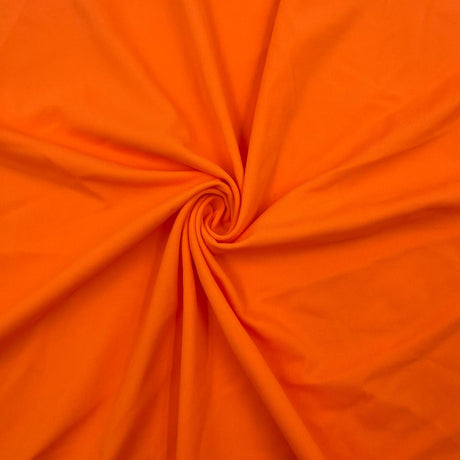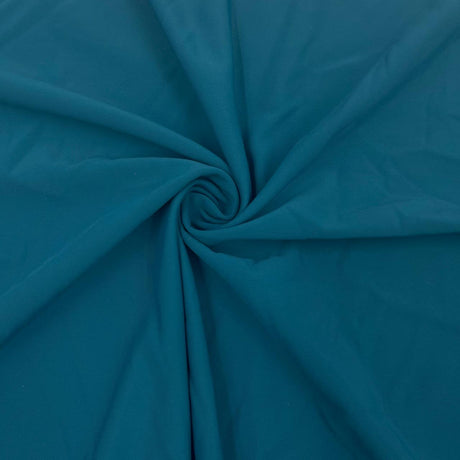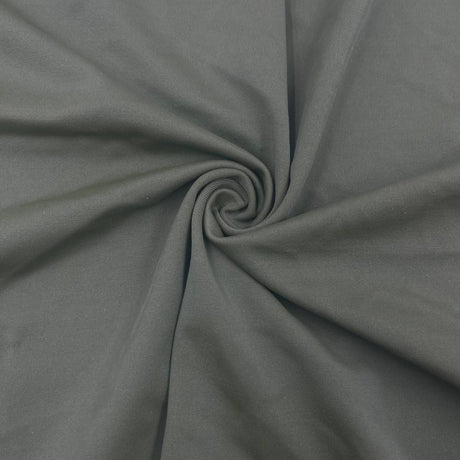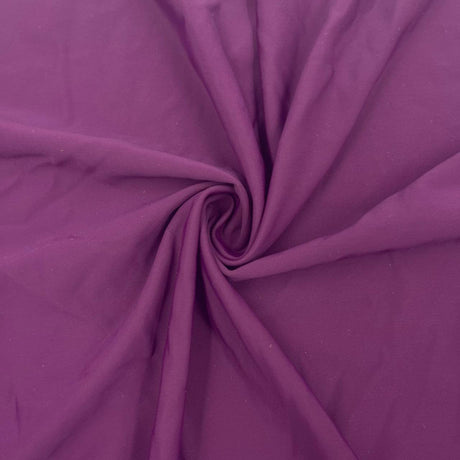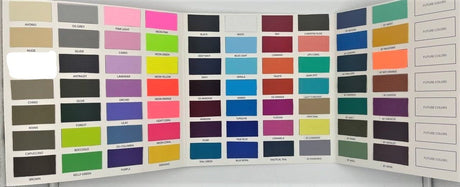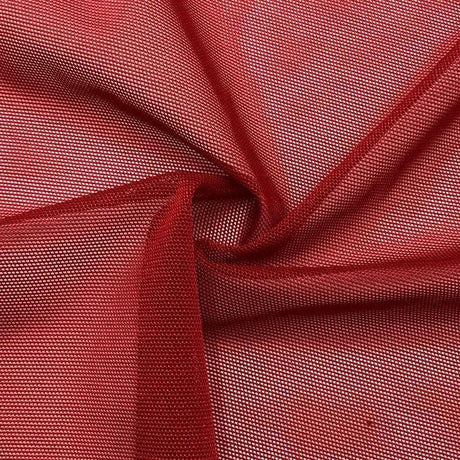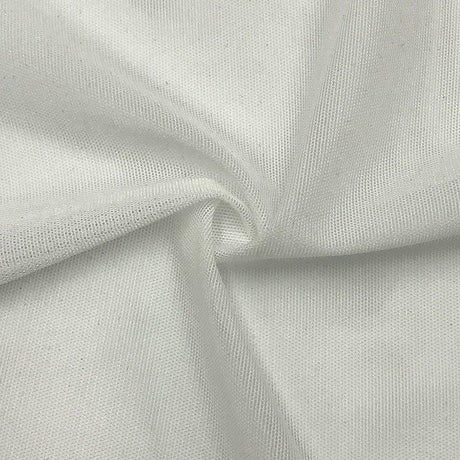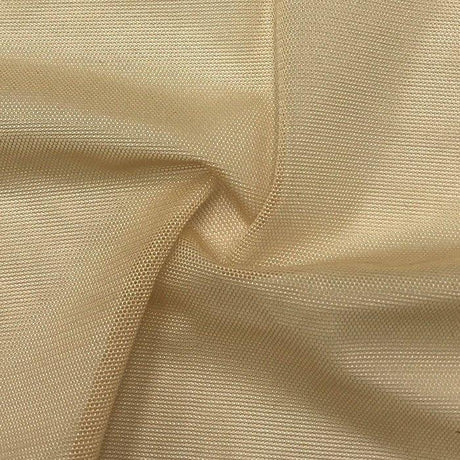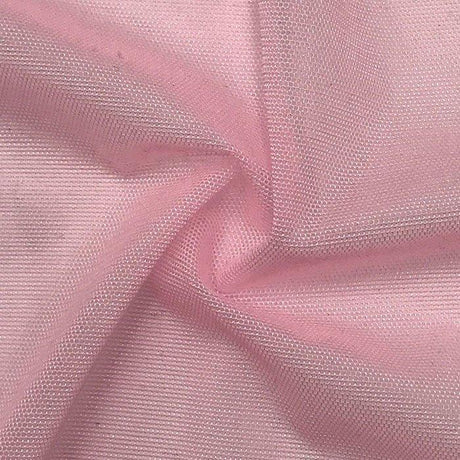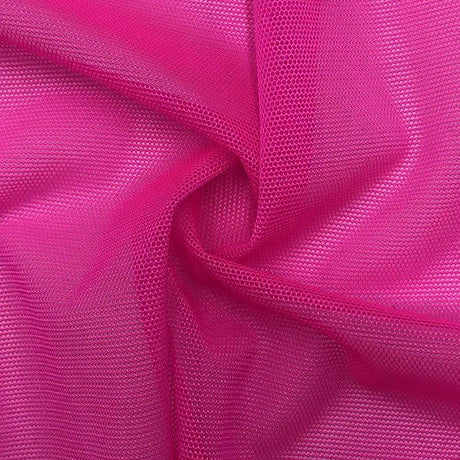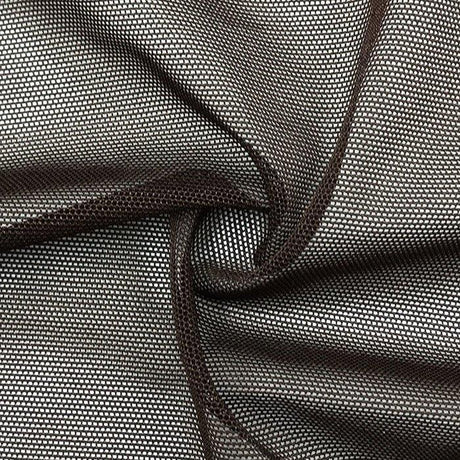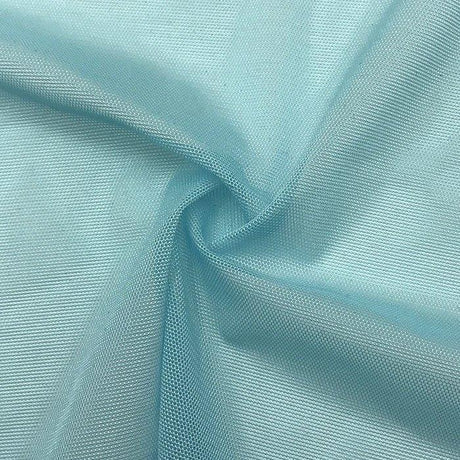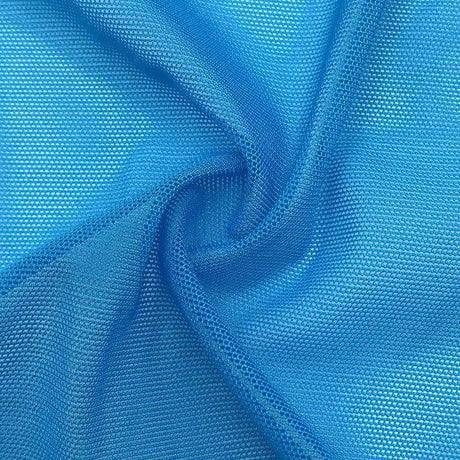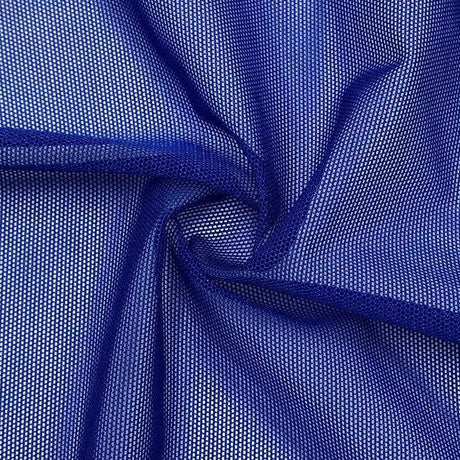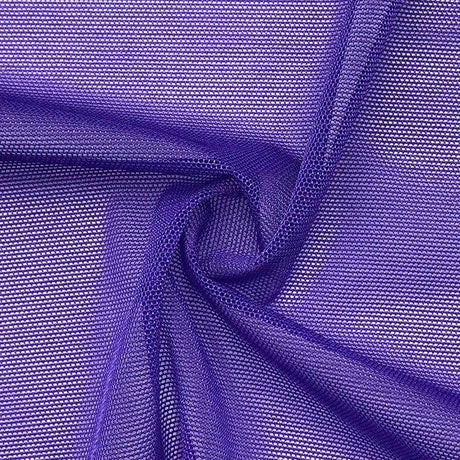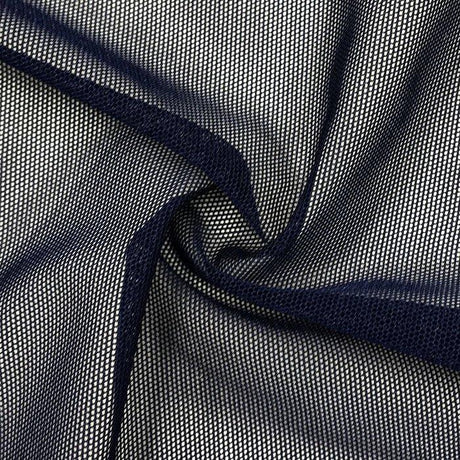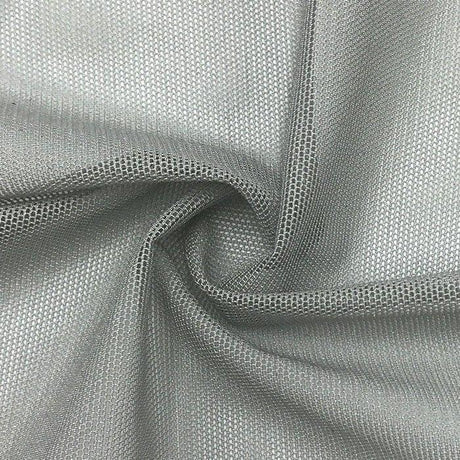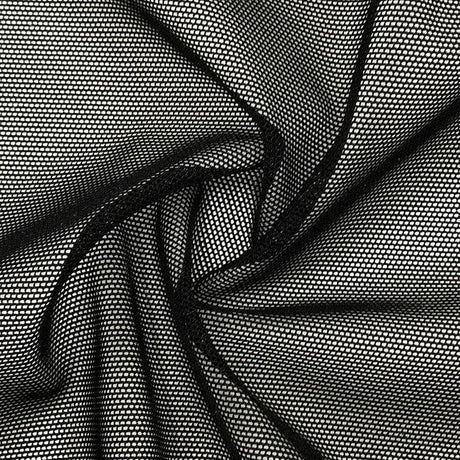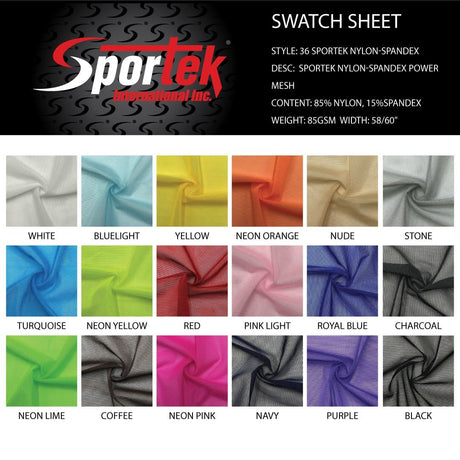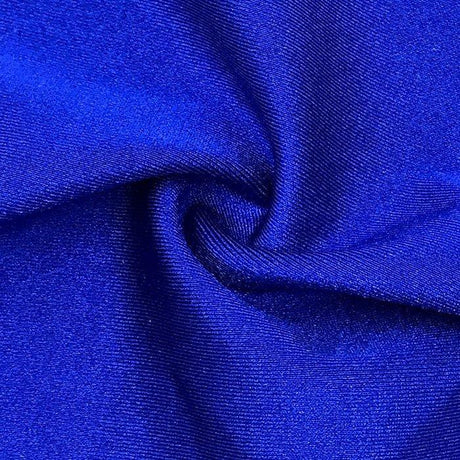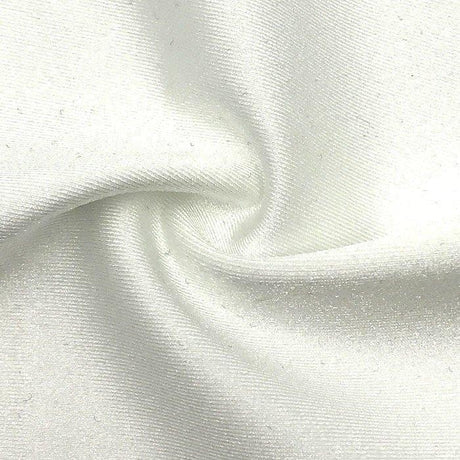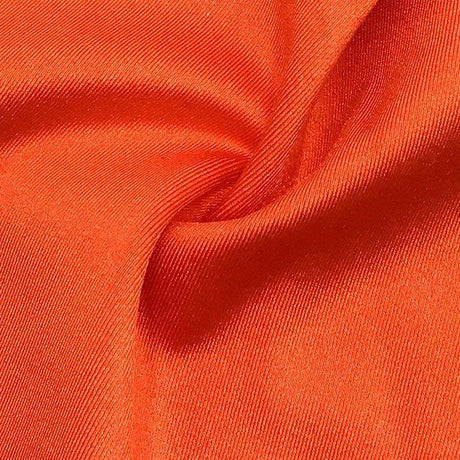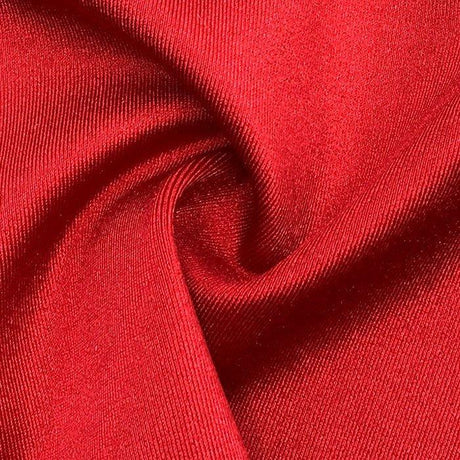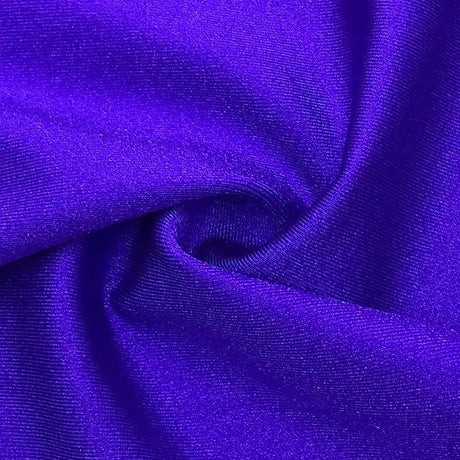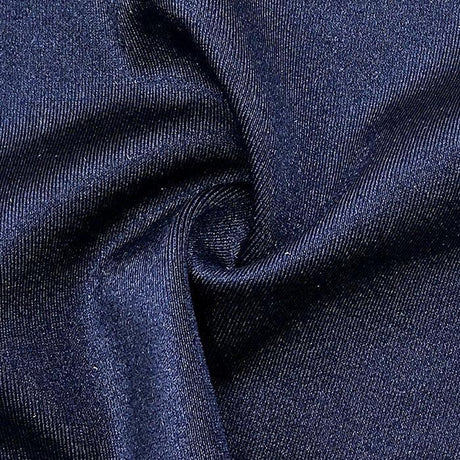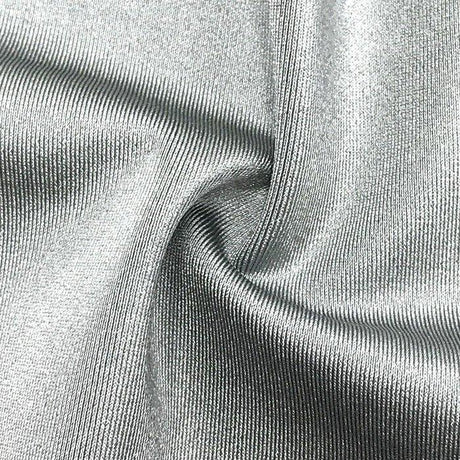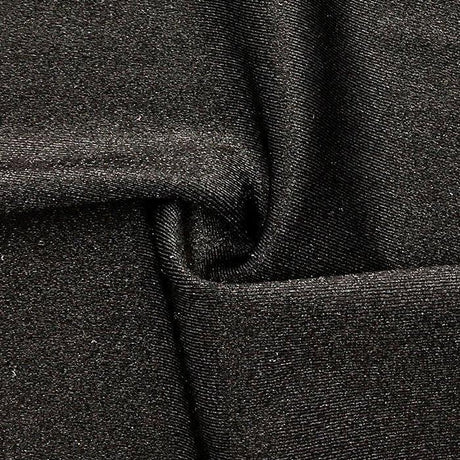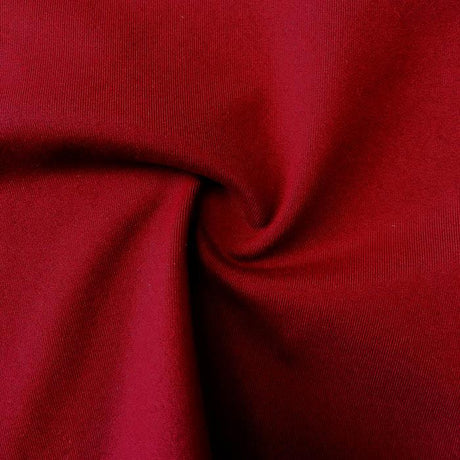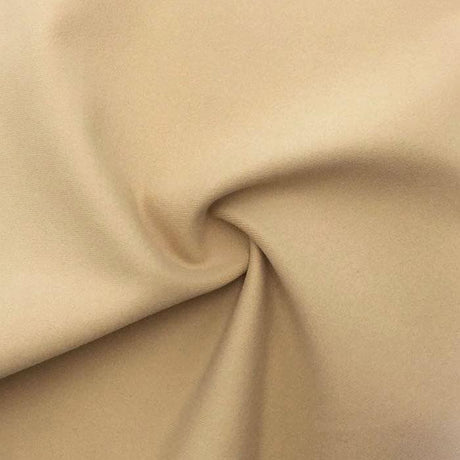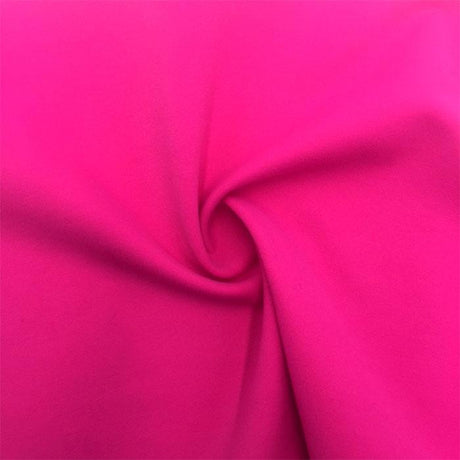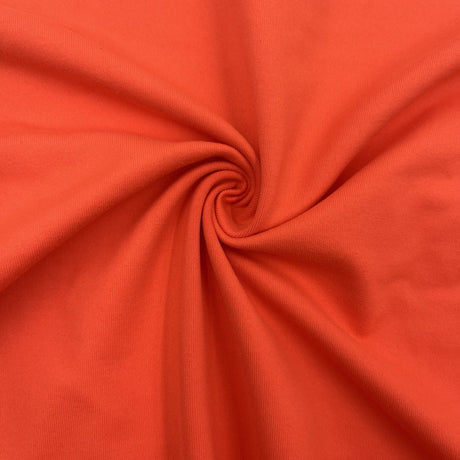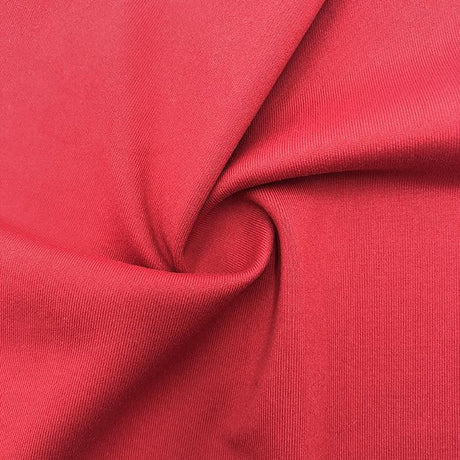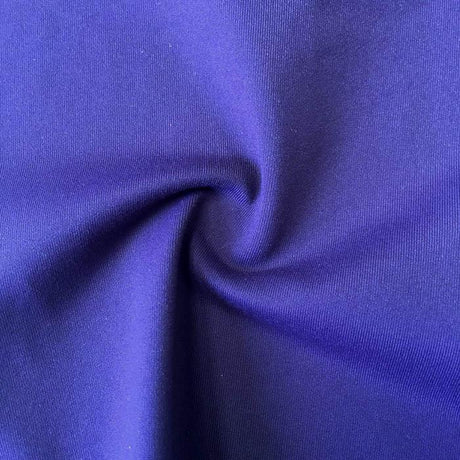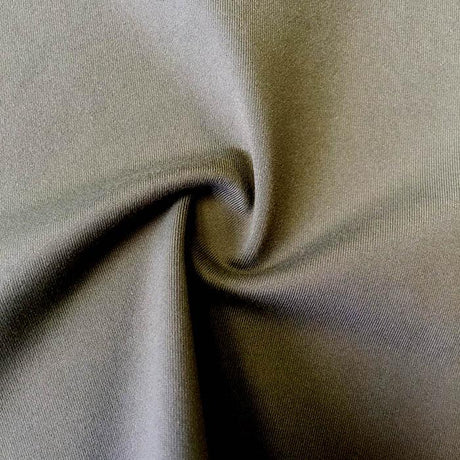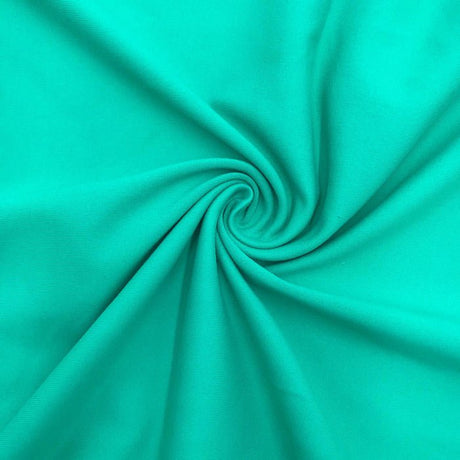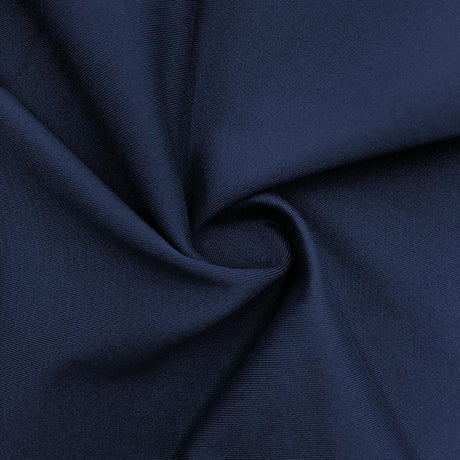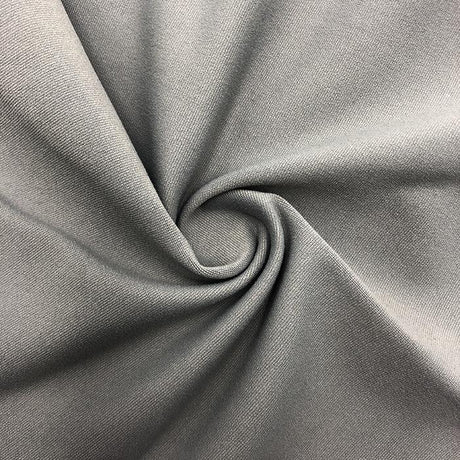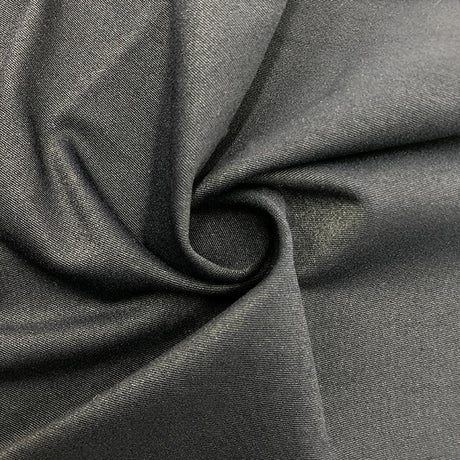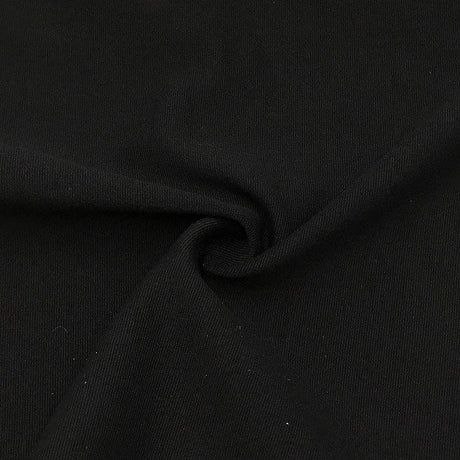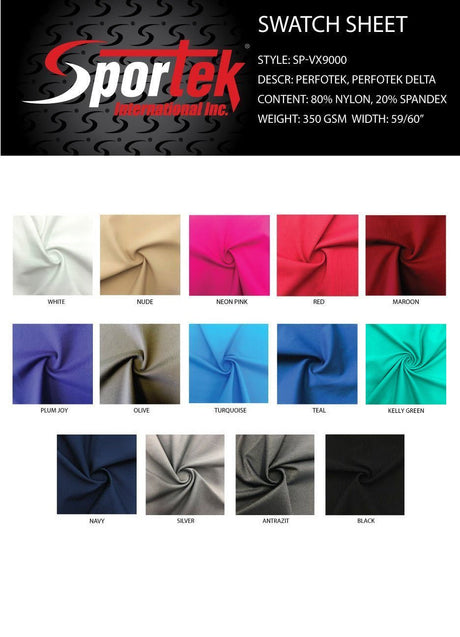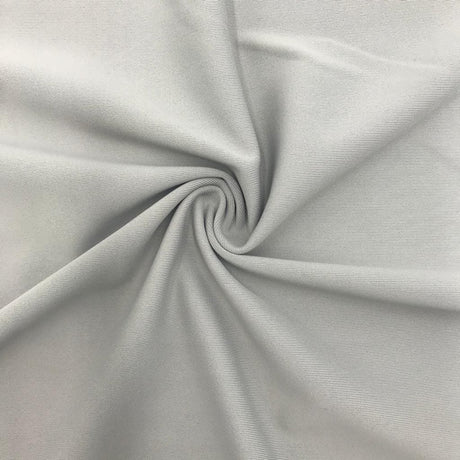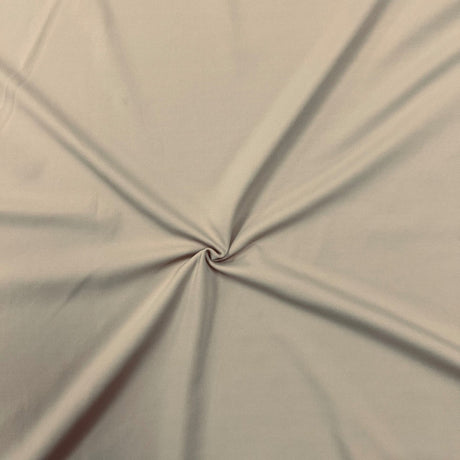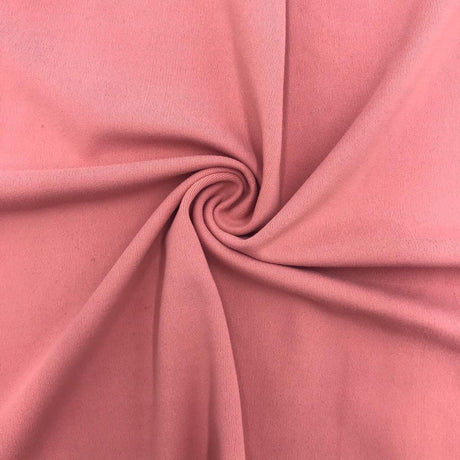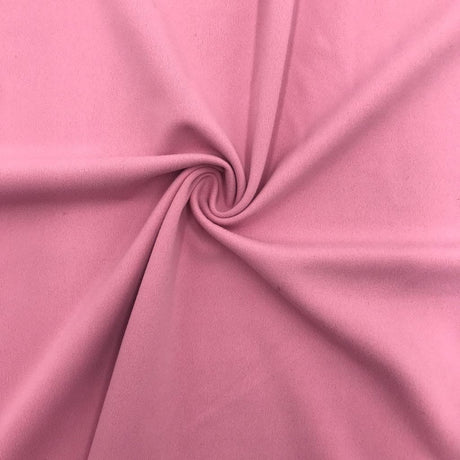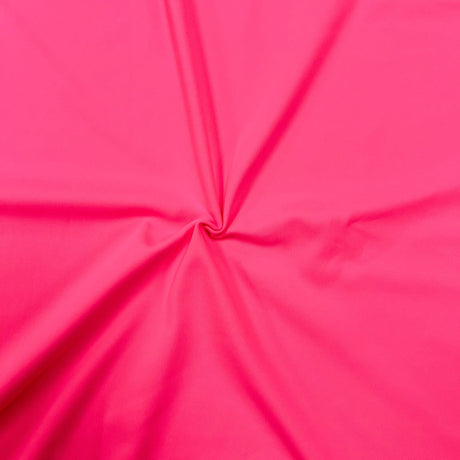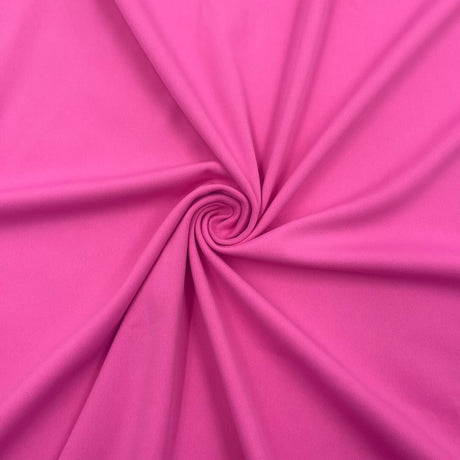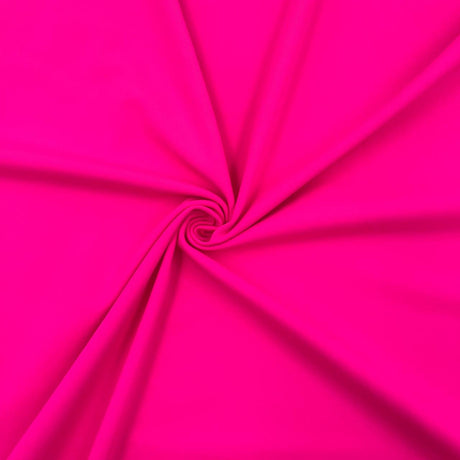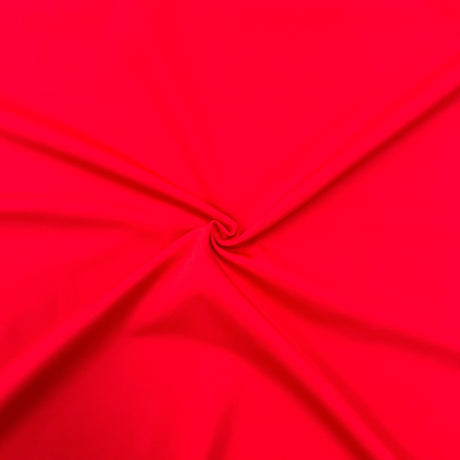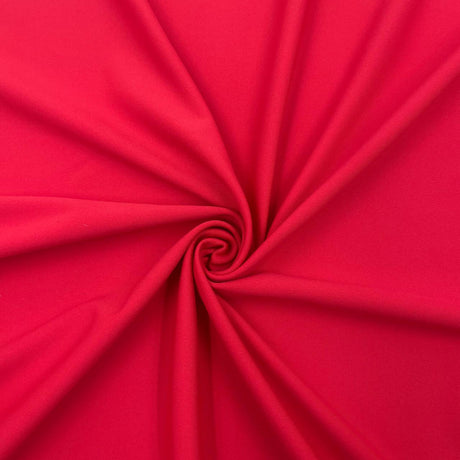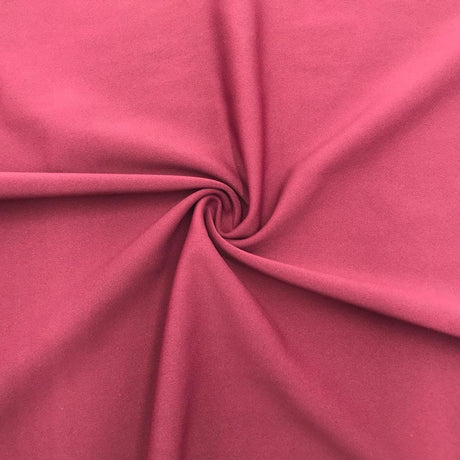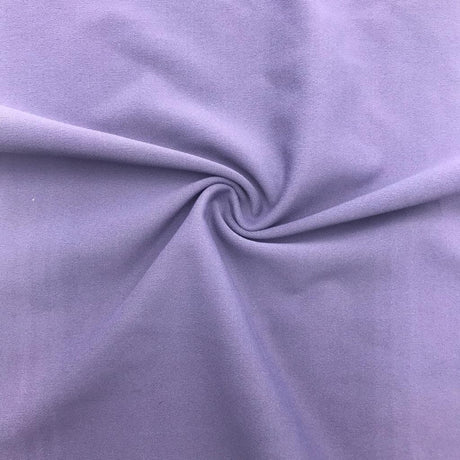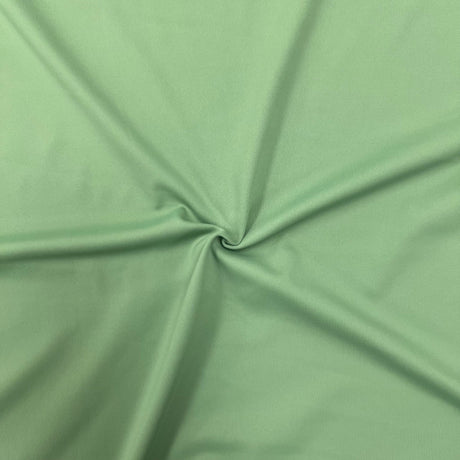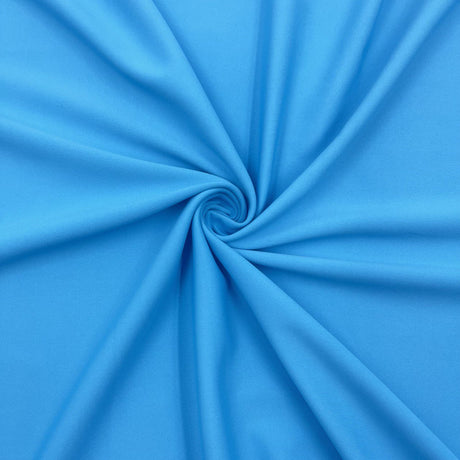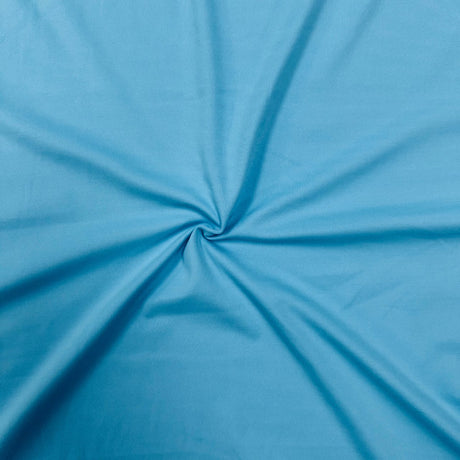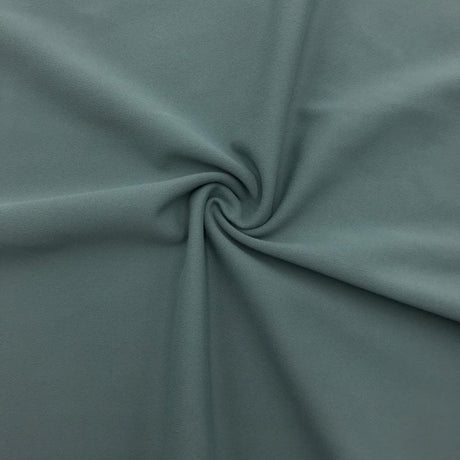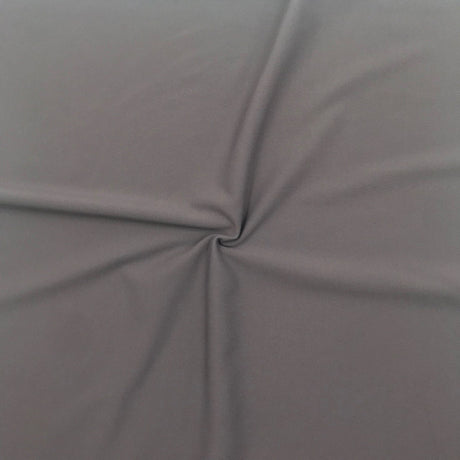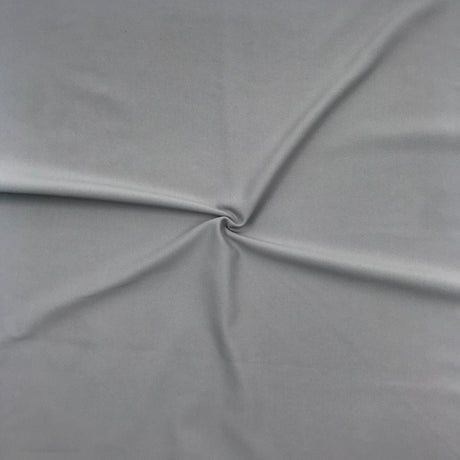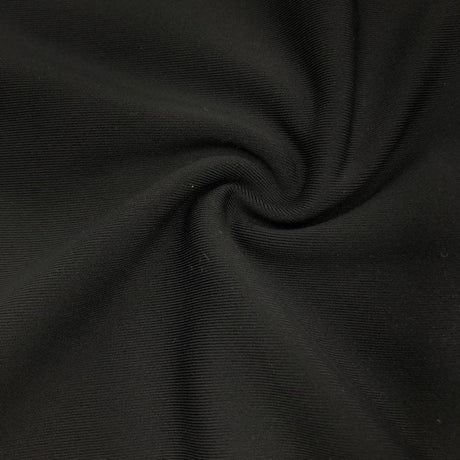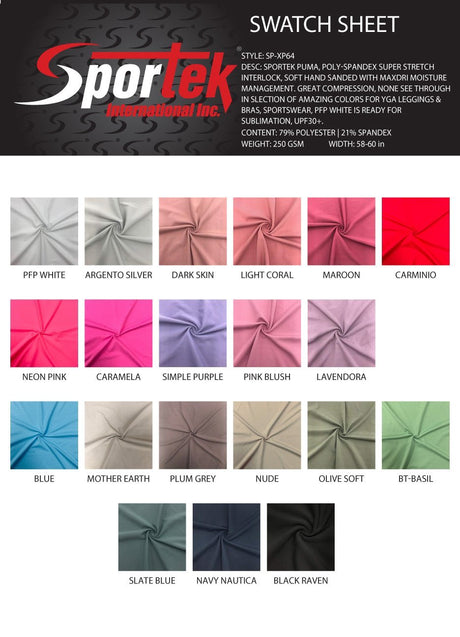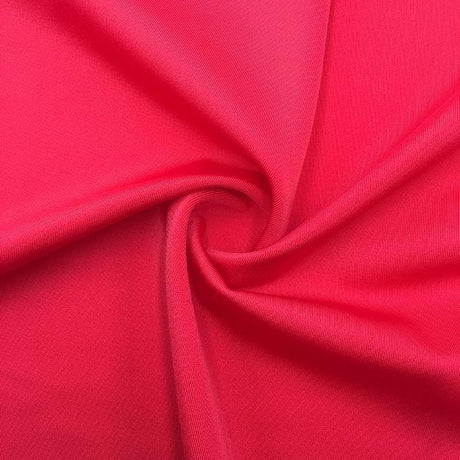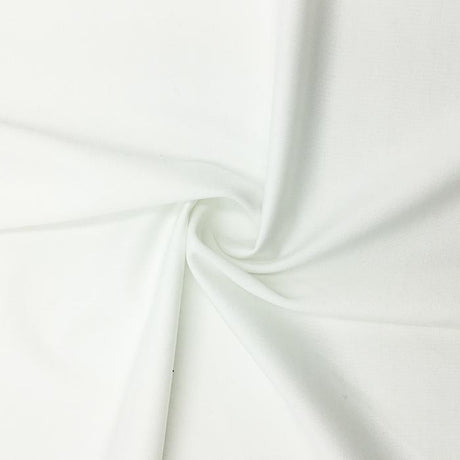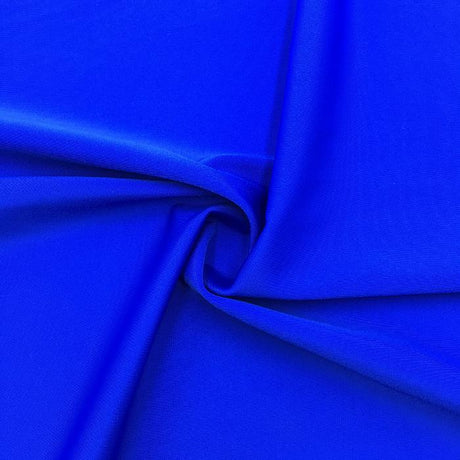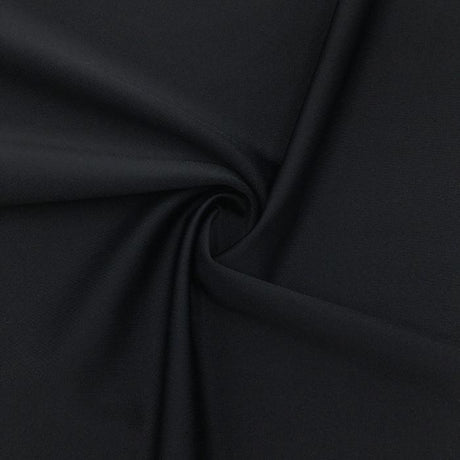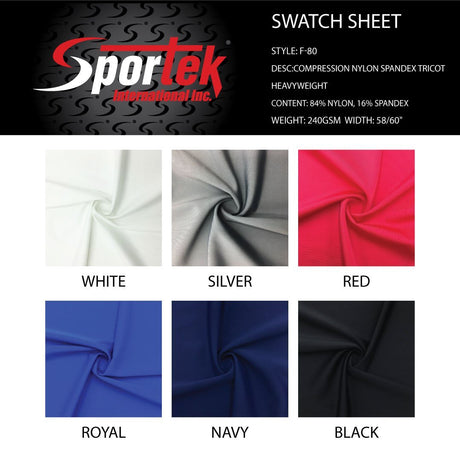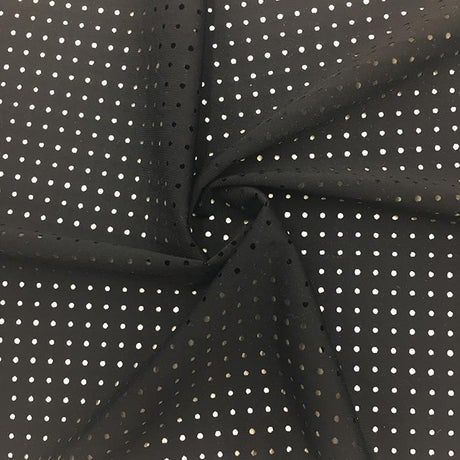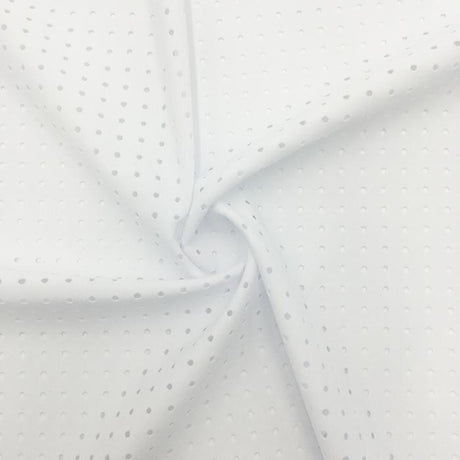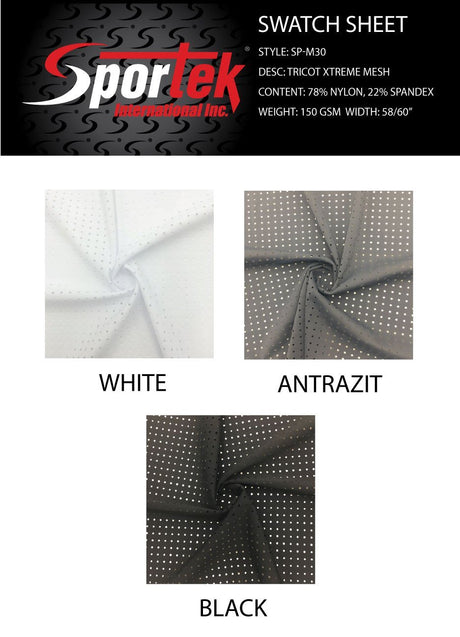The fabric of a dance costume can make or break a performance. Whether you’re a costume designer, dance instructor, or an enthusiastic performer, choosing the right dancewear fabric is essential. The best materials ensure the outfit moves with the dancer, keeps them comfortable, and stands out on stage.
In this article, we’ll explore key performance criteria for dance fabrics, examine popular fabric types (from stretchy spandex to elegant tulle), and recommend the best choices by dance style. We’ll also discuss layering techniques, visual impact, and maintenance considerations – all in a professional yet approachable tone. Let’s dive into the world of dancewear fabrics!
Performance Criteria for Dancewear Fabric
A high-quality dance costume isn’t just about looks – it must meet strict performance criteria to support the dancer. Here are the core factors to consider when evaluating dancewear fabric options:
• Stretchability & Flexibility: Dance garments must allow a full range of motion. Fabrics with 4-way stretch (like those containing Lycra/spandex) let dancers bend, leap, and twist freely without restriction. Prioritizing flexibility ensures the costume moves with the body, so the dancer can focus on technique rather than adjusting a stiff outfit. Stretchy materials are fundamental for form-fitting pieces like leotards, as they provide a snug fit that stays in place through every routine.
• Breathability: Under hot stage lights or intense rehearsals, breathable fabric is a lifesaver. Materials that allow air flow (such as mesh or natural fibers) help keep dancers cool by permitting heat and moisture to escape. Good breathability prevents the discomfort of overheating and reduces sweat buildup. For example, mesh panels or inserts are often added to costumes specifically to increase ventilation while maintaining style.
• Moisture-Wicking: Beyond basic breathability, many modern dancewear fabrics offer moisture-wicking capabilities. This means the cloth actively draws sweat away from the skin and allows it to evaporate, keeping the dancer dry. Technical blends like microfiber (fine polyester/nylon) excel at sweat control, whereas cotton tends to absorb sweat and stay wet. Moisture-wicking fabric is especially valued in high-energy dance styles or long practices – it helps prevent that clammy, heavy feeling and keeps muscles warm and ready.
• Durability: Dance costumes go through a lot – stretching, repeated washes, and the wear and tear of performances. Durable fabrics are a must so that costumes can withstand frequent use without losing shape or fraying. Synthetics like nylon and polyester are known for their strength and abrasion resistance, often outlasting pure natural fabrics. A durable dancewear fabric resists tears or snags (even during floorwork) and maintains its appearance through multiple shows. This is crucial for competition or recital costumes that need to look pristine every time.
• Comfort: No matter how flashy a material is, it should feel good on the dancer’s body. Softness and comfort are key for long hours of wear. Fabrics should be gentle against the skin to prevent irritation – think smooth silks, soft cotton blends, or plush velvet linings. Comfort also involves the garment’s construction: stretch reduces chafing by moving with the skin, and seamless or flat-seam designs minimize rubbing. A comfortable dancer can perform with confidence and expression, rather than being distracted by scratchy or ill-fitting attire.
• Aesthetic Appeal: Finally, dance is a visual art, and the look of the fabric under stage lighting is paramount. Consider color, sheen, and drape. Some fabrics have a lustrous shine (like satin or metallic foils) that catches the light and dazzles the audience. Others, like matte cotton or jersey, offer a subtle elegance without glare. The choice depends on the performance vibe – for high-energy jazz you might want sparkly sequins, whereas a lyrical piece might call for soft, flowing chiffon. Also consider how the material flows or holds shape: a romantic ballet skirt needs lightweight fabric that moves gracefully, while a ballroom gown might use heavier fabric to twirl dramatically. In short, the fabric’s visual impact (including how it reflects light and its texture or pattern) should complement the dance’s mood.
Keep these criteria in mind as we explore specific fabric types. The ideal dancewear fabric strikes a balance between function and flair – offering stretch, breathability, and durability without sacrificing comfort or beauty.
Top Fabrics for Dancewear & Costumes
A variety of fabrics are used in dancewear and costumes, each with unique properties. Below we detail some of the most popular materials – from basics like Lycra to decorative specialty fabrics – including their benefits, drawbacks, and typical uses in dance costumes.
Spandex (Lycra)
Spandex (brand name Lycra) is the unsung hero of dancewear. This ultra-stretchy synthetic can expand 4-7 times its length and spring back into shape, making it essential for form-fitting dance garments. It’s lightweight, smooth, and usually blended with other fibers (nylon or cotton) to create high-stretch fabrics.Benefits:
- Exceptional stretch and flexibility – allows full range of motion without restriction. Dancers can execute high extensions or acrobatic moves confidently in spandex-heavy outfits.
- Snug fit and shape retention – spandex helps costumes conform to the body like a second skin and stay there. No sagging or bagging even after repeated wears. This secure fit is why spandex is used in leotards, unitards, and leggings.
- Durability – when blended with nylon or polyester, spandex outfits resist wear and tear. They can handle stretching, sweating, and frequent washing while maintaining elasticity.
Drawbacks:
- Low breathability on its own – pure spandex is not very breathable and can trap heat. Dancewear solves this by using blends (e.g. nylon-spandex) or adding mesh panels for ventilation.
- Not moisture-wicking – spandex doesn’t wick sweat by itself. Costumes often include moisture-wicking fibers or linings to compensate. Dancers should air-dry spandex garments after use to keep them fresh.
- Shine level – standard spandex has a slight sheen, which looks great on stage, but matte finishes are available for a subtler look. Coated metallic spandex (see Holographic Fabrics below) can be brilliantly shiny but may sacrifice some stretch.
Common uses: Nearly everything! Spandex or Lycra blends form the base layer of most dancewear – from ballet leotards and jazz unitards to acro and gymnastics costumes. It’s ideal for any piece that requires extreme mobility and a tight fit, including sleeves and leggings. For rehearsals and technique classes, simple spandex/cotton leotards and shorts are staples. In performance costumes, spandex often underlies decorative fabrics (like lace or sequins) to give them stretch and strength.
Nylon (Nylon Blends)
Nylon is another dancewear workhorse synthetic. It’s a strong, silky fiber often used in concert with spandex to add durability and sheen. Many commercial leotards are made of nylon-spandex blends, combining nylon’s strength with spandex’s stretch.
Benefits:
- Lightweight & smooth: Nylon fabrics feel comfortable against the skin, with a smooth finish that prevents irritation. They won’t weigh a dancer down.
- Moderate stretch: While not as elastic as spandex, nylon does have some give and is usually knit in a way (like tricot knit) that provides 2-way or 4-way stretch. This makes it suitable for dance styles with quick movements but slightly less contortion (e.g. jazz, tap costumes).
- Durable and resilient: Nylon is highly durable, resisting tears and abrasion. It also resists wrinkles and shrinking. Costumes with nylon can survive multiple shows and still look crisp.
- Moisture-wicking & quick-drying: Unlike cotton, nylon doesn’t hold onto sweat. It actually wicks away moisture and dries fast, helping keep dancers cool and dry under stage lights. This property makes it a popular base for activewear.
Drawbacks:
- Less breathable than natural fibers: Nylon is not as breathable as cotton; heat can build up if the fabric is thick or non-ventilated. That’s why costumes often integrate power mesh or cut-outs to add airflow when using nylon-heavy fabrics.
- Can feel clammy when very sweaty: Although it wicks moisture, if a nylon garment becomes soaked (extreme exertion), it can start to feel slick or clammy until it dries. Fortunately, it does dry relatively quickly.
- Shine and texture: Basic nylon/spandex dancewear fabric often has a shiny or semi-matte appearance. This sheen looks great on stage, but if a more matte or cottony look is desired (e.g. for certain contemporary pieces), pure nylon might not give that effect.
Common uses: Nylon-spandex blends appear in leotards, leggings, unitards, and tights across all dance forms. They are favored for jazz and hip-hop costumes that need to be vibrant and long-lasting – some designers specifically opt for polyester or nylon-based fabrics for these genres because of their strength and color brilliance. Nylon is also found in menswear (men’s tights or shirts) for its smooth comfort. Basically, anytime you need a stretchy fabric that’s a bit tougher and shinier than cotton, nylon fits the bill.
Cotton Blends
Natural cotton brings breathable comfort to dancewear, though it’s usually blended with spandex or polyester for better performance. Cotton blends offer a mix of softness and stretch, making them popular for practice attire and gentle dance styles.
Benefits:
- Soft and breathable: Cotton is naturally breathable and gentle on skin. It allows air circulation and doesn’t irritate, which is great for dancers with sensitive skin or those dancing long hours. Many appreciate cotton’s soft touch in leotards, tees, or warm-up clothes.
- Moisture absorption: Cotton can soak up sweat effectively (it’s hydrophilic). In moderate activity, this helps keep skin dry initially. (Do note the drawback below for heavy sweat.)
- Comfort for rehearsals: Because of its comfort, cotton or cotton-rich fabrics are often used in rehearsal and class wear. They’re ideal for warm-ups or lower-intensity dance because they keep you cool and are often cut slightly looser for ease. For example, a lot of ballet warm-up shrugs, wrap sweaters, or simple ballet skirts have cotton content for a cozy feel.
Drawbacks:
- Limited stretch & shape retention: Pure cotton lacks stretch and can bag out with movement. That’s why dance clothes usually use cotton blended with Lycra – to add the needed elasticity and help the garment spring back into shape. 100% cotton items (like some t-shirts) might feel restrictive for intense dancing and may lose shape over time.
- Holds moisture: When a dancer sweats a lot, cotton’s absorbency becomes a downside – the fabric can become damp and heavy, staying wet rather than wicking sweat away. A soaked cotton garment can chill the dancer once they cool down, and it takes time to dry out. In contrast, synthetic blends tend to release moisture.
- Less durable: Cotton fibers break down faster with frequent washing and stretching. Blending with polyester or spandex greatly improves this, but a high-cotton garment might not endure as many rigorous performances without fading or thinning.
Common uses: Practice dancewear often contains cotton – e.g. cotton-spandex leotards, yoga-style dance pants, t-shirts, and ballet skirts. These are great for daily class or styles like beginner ballet where extreme stretch isn’t required. Cotton blends are also favored for warm-up gear (sweatpants, legwarmers) for their coziness. On stage, cotton is less common for high-impact costumes, but you might see cotton or voile underskirts in some dresses or cotton linings in bodices for comfort. For “gentler” dance styles or pieces emphasizing purity and simplicity, cotton’s matte look and soft drape can be an artistic choice (e.g. a contemporary piece with flowing cotton gauze dress). Always ensure some spandex in the blend for flexibility.
Mesh (Power Mesh/Net)
Mesh fabrics are lightweight materials with an open, net-like knit structure. They can be made of nylon, polyester, or spandex blends, and come in varying hole sizes and textures. Mesh is a go-to for layering and adding breathable coverage with style.
Benefits:
- Highly breathable: The very construction of mesh – lots of tiny holes – means excellent airflow. Mesh inserts in a costume help keep dancers cool during intense performances. Even a long-sleeve made of mesh can feel airy compared to solid fabric.
- Lightweight & flowy: Mesh adds movement and flow without weight. A mesh overskirt or sleeve will flutter with the dancer, creating an ethereal effect (great for lyrical or contemporary pieces). Because it’s so light, it doesn’t hinder movement or add bulk.
- Versatile layering piece: Perhaps mesh’s biggest strength is versatility. It can be layered over other fabrics to add depth and texture – for example, a colored mesh overlay can give a two-tone look with the base color shining through. Mesh panels are used in costumes for visual contrast (sheer vs. opaque) and to highlight body lines or muscles subtly. It’s also used for illusion necklines or cut-outs for a daring style while still being covered.
Drawbacks:
- Sheer (needs layering): By nature, mesh is transparent. It usually serves as an accent or overlay, not as the sole fabric for areas that require coverage (unless the design intentionally uses multiple mesh layers). Dancers will often wear a base leotard or lining under mesh sections for modesty.
- Delicate (snag risk): Fine mesh can snag or tear if caught on something sharp. One must be careful, especially when pairing mesh with abrasive textures. For example, sequins can catch on mesh and create holes. Costume designers strategically place sequins away from mesh sections or use sturdier power mesh in high-contact areas to avoid this issue.
- Varied stretch: Some meshes are very stretchy (power mesh with spandex), while others have minimal stretch. If the mesh is rigid, it can limit movement or even rip if the costume design doesn’t allow for give. It’s important to use stretch mesh for areas that will move a lot (like sleeves).
Common uses: Mesh is extremely common for skirts, sleeves, and cut-outs on costumes. A long mesh skirt over a leotard can accentuate turns with its flow. Mesh sleeves or backs on leotards add elegance and breathability. In ballroom and lyrical costumes, nude mesh is often used for illusion panels (to hold cut-outs together or attach embellishments while giving a “bare skin” look). Power mesh (a stronger, tighter knit mesh) is used in structural ways, like inset waist panels or even light compression layers. Overall, mesh is the fabric that strikes the balance between covering the body and revealing movement, all while keeping things cool.
Chiffon
Chiffon is a sheer, lightweight woven fabric known for its delicate, flowing quality. Often made from silk or polyester, chiffon has a slight transparency and a soft drape that creates an ethereal look in motion.
Benefits:
- Beautiful flow: Chiffon is beloved for how it floats and trails when a dancer moves. It’s perfect for creating the illusion of movement in skirts, scarves, or sleeves. When a ballerina spins, a chiffon skirt will swirl gracefully; when a lyrical dancer extends an arm, a chiffon drape will flutter, adding emotional impact.
- Lightweight layering: Because it’s so light, chiffon can be layered without bulk. Multiple layers of chiffon (like in a romantic tutu or skirt) create volume while still looking soft and dreamy. The layers catch the air for a billowing effect.
- Elegant, classic look: The slight sheen and transparency of chiffon impart a romantic, ethereal aesthetic. It’s often used in ballets and contemporary pieces where a touch of elegance or poignancy is desired. The fabric can appear almost weightless on stage, which is visually captivating.
Drawbacks:
- No stretch: Chiffon is typically non-stretch (unless it’s a special stretch chiffon). This means it’s not used for form-fitting areas – only for loose overlays or skirts. If a choreography involves extreme ranges, a tight chiffon dress could tear. Designers usually keep chiffon in flowy, open silhouettes for this reason.
- Delicate: The fibers (especially in silk chiffon) can be fragile. Chiffon snags and frays easily; a rough touch or catching on a shoe can cause pulls or holes. Seams in chiffon also require care (french seams or bound seams are often used to prevent fraying edges). It’s definitely a fabric that needs careful handling and often hand-washing for maintenance.
- Transparency: Chiffon is sheer, so it requires lining or multiple layers for coverage. A single layer of chiffon skirt will be see-through under stage lights. Costumes will either line chiffon with an opaque layer or use several layers to achieve the right look.
Common uses: Chiffon shines in ballet, lyrical, and contemporary costumes. For instance, classical ballet romantic tutus (long, calf-length skirts) are made of numerous chiffon or similar sheer layers to create a soft volume. Lyrical dresses often feature chiffon skirts or shawl-like sleeves to accentuate the dancer’s fluid movements. In ballroom, chiffon inserts or floats (fabric strips that hang from the shoulders or wrists) add glamorous movement. Anytime the choreography calls for grace, softness, or a “floating” quality, chiffon is a top choice. Just remember it’s usually as an overlay or skirt – not for tight leotards.
Tulle
Tulle is a netting fabric, known for its use in ballet tutus. It’s stiffer than chiffon or mesh, with a fine mesh structure that can hold a shaped form. Made of nylon, polyester, or silk, tulle ranges from soft and drapey to coarse and structured depending on starching and weave.
Benefits:
- Adds volume and structure: Tulle is the classic fabric for creating volume in costumes. Its net structure can trap air between layers, giving skirts a puffy, full silhouette. This is why pancake tutus (those iconic platter-like ballet skirts) are made of many layers of tulle – it can stick out and hold a shape. Even softer tulle can add gentle volume under an overskirt or dress.
- Lightweight despite bulk: Tulle layers create bulk without heavy weight. Even a tutu made of 10+ layers of tulle is fairly light to wear. This is crucial so dancers aren’t weighed down when adding dramatic volume to a costume.
- Whimsical, dramatic effect: Tulle’s appearance is whimsical and romantic. Fine tulle looks like a cloud around a dancer, perfect for fairy or sylph-like characters. Glitter or colored tulle can create a bold, eye-catching look for jazz or character costumes. It’s a simple way to make a costume pop on stage – think of a sparkling tutu catching the light.
Drawbacks:
- Stiff (in some varieties): While some tulle is soft, the kind used for structured tutus is quite stiff (often scratchy). It’s not comfortable against bare skin, which is why dancers wear tights and undershorts – the tulle can otherwise irritate the legs. Soft tulle exists for draping, but then it loses some volume power.
- No stretch & prone to tearing: Tulle has zero stretch, being an open net weave. If pulled too hard, it can rip. Dancers have to be mindful of not stepping on or yanking their tulle skirts. Also, if someone accidentally pokes a finger through, it can create a hole. It’s best used where it won’t encounter extreme strain.
- Can snag or dull: Tulle can snag on sequins or rough surfaces easily due to its net holes. Also, white or light tulle can gray out or dull with lots of handling and time (dirt gets trapped in the net). It requires occasional gentle washing and careful storage (hanging or loosely folded) to maintain its fluff.
Common uses: Ballet tutus are the quintessential use of tulle – from the soft, flowing long tutus of romantic ballets to the short, rigid classical tutus that show off pointework. Tulle is also used in veils, skirts, or bustles for various dance costumes when a touch of fairy-tale magic or dramatic volume is needed. In children’s dance costumes or jazz, a short tulle skirt overlay can add cute bounce. Tulle can even serve as petticoats or underskirts beneath a satin gown to give it fullness. Because of its stiffness, tulle is almost always layered over a base garment (you wouldn’t make a leotard out of tulle, but you’d attach a tulle skirt to one).
Velvet
Velvet is a plush, soft pile fabric that exudes luxury. Traditional velvet is woven (often from cotton or silk) with a dense pile, but for dance, stretch velvet (with spandex) is commonly used to combine opulence with flexibility.
Benefits:
- Rich texture and appearance: Velvet has a soft, plush texture that looks rich on stage. It reflects light in a unique way – the pile can appear deep and saturated or catch highlights as the dancer moves. This gives a dynamic visual effect under stage lighting, often conveying drama and elegance.
- Comfortable and warm: The soft nap of velvet feels gentle on the skin, and the fabric tends to be thicker, providing a bit of warmth. This can be nice for slower pieces or cooler venues. Its softness adds comfort, especially if used as the interior lining of costumes or as trim.
- Moderate stretch (in variants): Stretch velvets include spandex in the fabric, so they do allow movement. While not as springy as Lycra alone, a good stretch velvet will accommodate most dance movements and is often used in fitted costumes like unitards, giving both flexibility and a regal look. Even non-stretch velvet (rarely used for full dance garments) can be cut on the bias to give a little natural stretch, but generally, dance costumes favor the stretch kind.
Drawbacks:
- Heat retention: Velvet’s lush pile also means it can get warm. It tends to trap heat and even moisture. Dancers might find a full velvet costume too hot for intense, fast routines or rehearsals. Thus, velvet is often reserved for performances (when adrenaline and shorter durations make it manageable) or for cooler settings.
- Weight and drag: Compared to other dance fabrics, velvet is heavier. A long velvet skirt has more weight and might not flare as lightly as chiffon, for example. Similarly, a velvet sleeve has some drag through the air. Choreography that demands very quick, sharp movements might feel slowed with too much velvet. Designers sometimes mitigate this by using velvet only on bodices or accents, not large flowing pieces.
- Care and maintenance: Velvet can be tricky to care for – it often needs gentle hand washing or dry cleaning to avoid crushing the pile. You can’t iron velvet normally (it will flatten), and hanging improperly can imprint marks. Stretch velvet is a bit easier (some is machine washable), but it still must be cared for to keep that rich look.
Common uses: Velvet is popular in ballroom and Latin costumes for its luxurious appearance – for instance, a ballroom gown may feature a velvet bodice or velvet panels that catch the light. It’s also used in lyrical and contemporary costumes to add texture and depth; a stretch velvet dress or unitard can highlight body lines while providing an emotional, soft look. Jazz costumes might incorporate velvet for a retro or high-end glam touch (think Fosse style). Additionally, velvet is seen in holiday or character dance costumes where richness is desired (e.g. the Prince’s jacket in The Nutcracker might be velvet). Due to its heat factor, dancers often keep velvet for the stage and not so much for practice.
Satin
Satin refers to the smooth, glossy fabric finish rather than a specific fiber. Satin fabrics (often made of polyester or silk) have a characteristic sheen on one side and a dull back. They are frequently used to add a sleek shine and elegance to dance costumes.
Benefits:
- High shine, polished look: Satin’s biggest draw is its lustrous surface that catches light beautifully. Under spotlights, a satin gown or ribbon shimmers with each movement. This makes the dancer visually “pop”, especially in styles that appreciate a bit of glamour (ballroom, lyrical, even some hip-hop costumes use satin for a flashy element).
- Smooth drape: Satin tends to have a heavier drape than chiffon but is still quite fluid. A satin skirt or wide leg pant will swish and sweep elegantly across the floor, giving a sense of drama and grace. The weight of satin helps it hang nicely, avoiding wrinkles when in motion (though it can wrinkle when still).
- Structured flow: Because satin has some weight and body, it works well for structured garments like tailored jackets or corset-style bodices in costumes, providing body and support while still looking soft and fluid on the outside.
Drawbacks:
- Limited stretch: Standard satin (e.g. bridal satin, polyester satin) has little to no stretch. It can restrict movement if used in the wrong area. Dance costumes overcome this by either using stretch satin (satin weave with spandex threads) for bodices and shorts, or by only using satin in looser garments (skirts, wide sleeves) that don’t need to stretch. Non-stretch satin also often requires strategic slits or flares to allow big strides or kicks.
- Shows sweat and wrinkles: The shiny surface of satin can reveal sweat spots readily – a challenge under hot lights. It also tends to wrinkle from folding or sitting, and those wrinkles catch light (though high-quality satin or thicker satin resists this better). Frequent steaming may be needed to keep a satin costume looking crisp.
- Snags and fraying: Satin can snag on rough surfaces and frays if seams are not properly finished (similar to chiffon in this regard). The delicate surface means rhinestones or pins can pull threads. It requires careful handling and often lining, because the backside can be rough on skin and the fabric itself isn’t very breathable.
Common uses: Satin is a favorite for ballroom dance costumes, especially in the skirts of standard ballroom gowns where the shine and flow amplify the beauty of turns. Lyrical and jazz costumes might use satin panels or gloves to evoke Old Hollywood elegance or a sleek contemporary feel. Some hip-hop or urban pieces incorporate satin bomber jackets or pants for a contrast in texture and a nod to street fashion glam. You’ll also find satin in accessories – like ribbons, gloves, or lapels – to add a touch of shine. Due to its low stretch, satin is usually paired with stretch fabrics (a dress might have a stretch satin bodice with spandex backing, or a satin skirt attached to a spandex brief).
Sequined Fabric
Sequined fabric is any textile encrusted with sequins (small reflective discs) either sewn on or glued in patterns. It’s the ultimate stage fabric for sparkle and is common in jazz, tap, and show costumes where dazzle is the goal.
Benefits:
- Maximum sparkle: Sequins are literally made to catch light and reflect it. A costume made of sequin fabric will shine brilliantly under stage lighting, ensuring the dancer is visible from afar and adding excitement to the visual presentation. The effect is dynamic – every move causes sequins to twinkle, which can emphasize movements (imagine shimmying in a fringe of sequins).
- Bold visual impact: Nothing says “showbiz” like sequins. They convey energy, glamour, and extravagance, which is perfect for high-energy styles like jazz, Broadway, or hip-hop numbers. Even a little bit of sequin trim can make a costume pop. For instance, a sequin applique on a bodice draws the eye, or a fully sequined jacket instantly reads as star-quality.
- Variety of styles: Sequin fabrics come on different bases – stretch mesh, tulle, or non-stretch fabric – and sequins come in all colors, shapes, and sizes. This means designers can choose anything from a stretchy sequin knit (for a form-fitting sparkly dress) to a stiff all-over sequin cloth (for a structured blazer). There are also reversible sequins (flip sequins) that change color direction, adding interactive fun.
Drawbacks:
- Limited stretch & comfort: Sequins sewn onto fabric reduce its stretch significantly (even on a stretch base). A fully sequined bodice will often feel tighter and less flexible, so dancers might size up or incorporate stretch panels in less visible areas. Also, sequins are not soft – they can scratch the skin, especially at seams or edges. Without proper lining or trimming, a sequin costume might irritate underarms or necklines. Designers address this by adding smooth lining fabrics under sequin sections and binding edges so sequins don’t poke out.
- Heavy and heat-retaining: A garment blanketed in plastic or metal sequins can get heavy. While one little sequin weighs nothing, thousands of them can add weight that the dancer feels. Sequined outfits can also trap heat (they don’t breathe and the backing fabric is often synthetic). Dancers may find them a bit hot or cumbersome for very active pieces – often sequins are used on smaller areas or for shorter performance durations to mitigate this.
- Maintenance issues: Sequins can fall off over time. They may loosen with vigorous movement or cleaning (dry cleaning chemicals and even hairspray can dull or loosen sequins over time). Once a few sequins drop, others can start to unravel if on a thread string. Costumes often come with a packet of spare sequins for repairs. Additionally, washing has to be very gentle (usually hand wash or spot clean) to avoid losing shine. Expect that over years a heavily sequined costume might lose some of its sparkle or need patching.
Common uses: Jazz, tap, and Broadway-style dance costumes often use sequin fabrics to ensure the performer literally shines on stage. Think of flapper dresses with sequin fringe, tap dance vests covered in sequins, or a crop top for a jazz routine with a sequin front. Hip-hop crews sometimes use sequin jackets or leggings for a flashy street-meets-stage look. In ballroom, sequined fabrics are used as accents on Latin dance dresses for high-voltage sparkle. Even ballet can have touches of sequins (like a sprinkle on a tutu bodice for the Sugar Plum Fairy). Sequins are typically either the star of the show (an all-sequin outfit for maximum glitz) or an accent (panels or trim) to draw focus. When using sequins, choreographers often keep in mind the stage lighting and angle – sequins reflect best with direct light, making the dancer gleam. Despite the care needed, the dazzling effect of sequins on a dance floor is unmatched.
Holographic & Metallic Fabrics
Holographic fabrics (sometimes called hologram or foil fabrics) are textiles with a shiny, iridescent or metallic surface finish. Often these are spandex-based fabrics coated with a reflective foil or embedded with holographic patterns. They give a futuristic, high-shine look that’s extremely eye-catching.
Benefits:
- Intense shine and color effects: Holographic fabrics reflect light in a spectrum of colors or a mirror-like shine, creating a “dazzle” effect on stage. They can appear to change color at different angles (iridescence) or look like liquid metal. This is fantastic for making dancers stand out – even simple moves will catch the light dramatically. Many gymnastics or acro costumes use these fabrics for their wow factor.
- Stretchy base: Most holographic or metallic dance fabrics are built on a 4-way stretch spandex base (like a tricot knit). This means you get the sparkle without losing the flexibility. Dancers can have a head-to-toe metallic look and still move freely, as these materials are designed to move with the body (unlike, say, actual metal or sequins).
- Distinctive look: Holographic fabrics convey a modern, edgy vibe – perfect for themes that are futuristic, sci-fi, or bold. A hip-hop routine might use holographic accents for urban glam, or a contemporary piece might use a silver foil bodysuit for a robot-inspired aesthetic. It’s a way to add shine without using actual sequins – a sleeker look with no little pieces to fall off.
Drawbacks:
- Surface can wear off: The shiny foil or holographic coating is typically a film applied to the fabric. With heavy wear and stretching, this coating can dull or peel over time, especially in high-friction areas (under arms, seat). Proper care (gentle wash, no harsh chemicals) can prolong the life of the shine, but eventually a well-used holo costume might lose some luster.
- Less breathable: The metallic coating doesn’t breathe, so a full body holographic suit can get hot and sweaty. Often these fabrics are used as accents or on parts of the body that aren’t high sweat zones. If used extensively, the costume might include strategic cut-outs or mesh inserts to vent.
- Can be unflattering in large areas: One note from costume experts – an all-over metallic “wet-look” can highlight every curve and fold (like a mirror). Some dancers may feel it’s not the most forgiving look for every body shape. Designers sometimes prefer to use holographic fabrics in panels, trim, or accessories rather than head-to-toe, unless the dancer is very comfortable with it. This is more about aesthetics and confidence than function, but worth mentioning.
Common uses: Acro and gymnastics costumes frequently use holographic or metallic spandex for the sleek, high-impact shine (think of rhythmic gymnasts’ leotards or ice skaters’ costumes – they often cross into dance costume design). Jazz and hip-hop performances also use metallic leggings or jackets to create a flashy modern look. In ballroom, metallic fabrics might appear in Latin dancewear as part of a daring design. Even theatre and character costumes (like a space-themed dance or a pop-star number) will bring in holographic fabrics for that high-tech shimmer. Essentially, whenever the choreographer or designer wants the dancers to “sparkle like a hologram” or have a metallic edge, these fabrics are the answer.
Lace
Lace is a classic fabric featuring openwork patterns, often floral or geometric, created by weaving or knitting threads in an intricate design. In dance costumes, lace is usually used as an overlay or accent to add texture and elegance.
Benefits:
- Elegant, delicate aesthetic: Lace instantly adds a touch of sophistication and romance to a costume. Its intricate patterns draw the eye, and it can evoke vintage or classical themes beautifully. A bit of lace on a ballet costume can suggest refinement; on a contemporary piece, it can underscore a romantic or fragile mood.
- Textural contrast: In a mix of fabrics, lace provides visual and textural contrast – the interplay of sheer and opaque areas in lace can reveal glimpses of what’s underneath, creating depth. For instance, a colored base with black lace overlay is a striking combo. Lace also layers well over spandex: you get the stretch of the base and the beauty of the lace on top.
- Breathable and light: Lace is generally lightweight and somewhat open due to its holes, so it doesn’t usually make a costume heavy or hot (though some dense laces can add a bit of warmth). It also allows some air flow. This makes it suitable for sleeves or upper bodice overlays where the dancer might sweat – it won’t trap heat like a solid fabric might.
Drawbacks:
- Limited stretch (unless stretch lace): Traditional lace (like guipure or woven lace) has no stretch and can be quite rigid. If used in areas that need to move, it can tear or restrict motion. For dancewear, stretch lace exists (knit lace with spandex content) which remedies this, offering both the look of lace and the flexibility needed. Designers usually opt for stretch lace for fitted areas like sleeves. Non-stretch lace is typically relegated to loose overlays or appliqués.
- Fragility: Lace, by its nature, has lots of thin threads and empty spaces, making it prone to snagging or tearing if caught. Like mesh and chiffon, it needs careful handling. Also, heavy usage can make lace fray or lose threads. It’s often best for costumes that won’t undergo extreme strain.
- Requires backing or lining: Lace is full of holes, so for coverage or structure it often needs a backing. A lace bodice might be lined with nude or colored fabric so it’s not see-through. Sewing lace onto a costume can be labor-intensive – edges need to be tacked down or motifs carefully placed, so it doesn’t simply unravel. This can add to cost or complexity of the costume.
Common uses: Lace is popular in ballet and lyrical costumes to add that delicate beauty – for example, a lace long-sleeve overlay on a ballet leotard for a classical variation, or a lace bodice on a lyrical dress to convey softness. In contemporary pieces, black or bold lace over bright underlays can create edgy contrast. Lace is also used in ballroom costumes (particularly Standard dances) to add femininity and detail on sleeves or backs of gowns. Sometimes small lace appliqués are used as decorative elements on skirts or headpieces. Given its fragile nature, lace is more often an accent or overlay rather than the main fabric; it works in tandem with sturdier materials (like spandex base or tulle skirts) to give a costume character.
Best Fabric Choices by Dance Style
Different dance styles have distinct movements and aesthetics, so the ideal fabrics can vary by genre. Below we outline popular dance styles and the fabric choices that best suit their technical and visual demands:
Ballet
Ballet costumes demand timeless elegance and unencumbered movement. Classical ballet typically features a fitted bodice and either a short tutu or a long flowing skirt, depending on the piece. Key fabric considerations include lightness, fluidity, and support.
• For leotards and tights: Spandex/Lycra blends are the standard. Ballet dancers rely on form-fitting stretch fabric for leotards and tights to allow full mobility and to show clean lines. These are usually nylon-spandex or cotton-spandex fabrics that are breathable yet snug. The stretch provides the needed support (like a gentle compression) while enabling high extensions and jumps.
• For skirts and tutus: Tulle and chiffon reign supreme in ballet. Tulle creates the classic tutu silhouette – multiple layers for the stiff “plate” tutu in classical pieces, or softer long layers for romantic tutus. Chiffon is often used for softer skirts or attached drapes, especially in neo-classical or contemporary ballets. These fabrics move gracefully with the dancer’s every step and turn, adding a dreamy, floating quality.
• Overlays and details: Lace and silk/satin might appear as overlays on bodices or as decorative sleeves to evoke a period look or delicate detail (for example, a lace applique on a princess bodice). However, they’re always backed by a stretchy base to maintain movement. Ballet costumes might use mesh inserts for aesthetic (e.g., nude mesh for illusion necklines) but generally prioritize simplicity in fabric to not distract from technique.
• Why these fabrics? Ballet technique is precise and fluid; the fabrics complement this by being unobtrusive and elegant. Lightweight materials like chiffon and tulle ensure the costume doesn’t interfere with legwork or lifts, and they amplify the visual grace of the choreography. Meanwhile, the spandex-based leotard foundation allows dancers to execute anything from grands jetés to arabesques without fabric limitation, essentially acting like a second skin.
Jazz
Jazz dance is energetic, sharp, and often sassy. Costumes for jazz need to allow quick, angular movements and usually have a flashy, showy quality (think of Broadway jazz or dance team performances).
• Stretch fabrics for movement: Jazz routines involve kicks, splits, and fast isolations, so stretch is critical. Spandex, stretch nylon, or stretch blends form the base of most jazz costumes. You’ll see sleek unitards, leggings, or form-hugging dresses made of these materials to ensure dancers can hit every move sharply. The silhouette is often snug to highlight body lines and isolations.
• Shine and sparkle: Jazz costumes love to shine. Sequined fabrics, metallic foils, or holographic accents are very common. A jazz outfit might have a fully sequined vest or leggings with holographic panels. These elements catch the stage lights and match the high-energy, vibrant nature of jazz music. Fringe and tassels are also frequent additions – often made of sparkly materials – to give extra movement (fringe swishing to accentuate a shimmy, for example). While fringe isn’t a fabric, it’s typically attached to a spandex base and contributes to the costume’s effect.
• Bold colors and patterns: Jazz isn’t shy. Fabrics in neon colors, bold geometric prints, or animal prints (often on a stretch base) appear in jazz costumes to add personality and attitude. Polyester/spandex prints can be used for this; they offer the needed flexibility with eye-catching visuals. The aesthetic is often contemporary and fun, so almost any fabric that is flexible and visually striking can find its way into jazz attire.
• Why these fabrics? Jazz dance is about high energy and entertainment, so the fabrics serve both function and flash. Stretch fabrics ensure dancers can execute fast, large movements with ease. Meanwhile, shiny and sequined materials make sure every movement is amplified by light, turning a simple kick or body roll into a sparkling moment. The durability of synthetics is also key, since jazz costumes may endure many rehearsals and competitions – materials like nylon/spandex or poly blends can handle the activity and frequent cleaning.
Hip-Hop
Hip-Hop dance costumes draw from streetwear influences and need to accommodate a very wide range of movements – from explosive tricks to smooth isolations. The style is urban, trendy, and often layered. Comfort and durability are key, with a touch of swag in the look.
• Flexible comfort fabrics: Unlike some other dance styles, hip-hop costumes are often looser and prioritize comfort and durability. Cotton blends, french terry, or jersey knits (like those in sweatpants and hoodies) are common for that reason – they breathe and allow easy movement. Dancers might wear baggy cotton jersey pants or tees for a hip-hop routine to capture the authentic street style and freedom. That said, a lot of modern hip-hop choreography also uses tight moves, so you’ll also see stretchy leggings or unitards under layered street clothes to enable acrobatics and floor moves.
• Durable synthetics: For more performance-oriented hip-hop costumes (like for crews or stage shows), polyester blends are popular because they’re tough and vibrant. Polyester track pants, for example, slide well on the floor (good for breakdance elements) and handle friction. Some costumes use nylon or polyester jackets (like bomber jackets) to add structure and style – these fabrics withstand vigorous movement and have the bonus of a cool sheen.
• Style elements: Hip-hop costumes often feature layers (e.g., a t-shirt under an unzipped hoodie, or shorts over leggings) and accessories. Mesh may be used in jerseys or as breathable panels in street-style outfits. Denim or faux leather might even appear in hip-hop costumes for fashion effect – if so, those pieces are usually loose or cut to not impede movement (and often are lighter-weight versions than everyday wear). Holographic or metallic accents can also show up to give a modern, edgy vibe – for example, a holographic stripe down a pant or shiny panels on a jacket for stage impact.
• Why these fabrics? Hip-hop is about self-expression and power, so costumes blend practicality with personal style. The fabrics need to let dancers drop to the floor, do knee spins, or krump without ripping – hence the emphasis on durability and movement-friendly cuts. At the same time, visual impact matters for performances; a bit of shine or coordinated look elevates the streetwear to stage-wear. Breathability is crucial too, as hip-hop routines can be very high-energy. Overall, the fabrics mirror casual clothing but often with stretch or performance tweaks: think of them as “activewear meets street style”.
Lyrical & Contemporary
Lyrical and Contemporary dance styles often emphasize fluidity, emotion, and storytelling. The costumes tend to be flowing, minimal, or avant-garde, depending on the piece, but they always prioritize freedom of movement and usually aim for an ethereal or expressive quality. We’ll group them together as they share many fabric choices.
• Flowing, lightweight fabrics: Because lyrical and contemporary choreography includes a lot of extensions, floorwork, and fluid motion, lightweight fabrics like chiffon, mesh, and soft jersey are common. These materials move with the dancer and can even amplify the movement (a billowy chiffon skirt trailing a motion, for example). For lyrical pieces, it’s not unusual to see long chiffon skirts, sheer mesh layers, or draped jersey fabric that accentuates the body’s lines without constricting them.
• Form-fitting bases with soft texture: Typically, a lyrical/contemporary costume will have a base akin to a leotard or unitard (often in spandex or cotton-spandex) to allow full range of motion. Over that base, designers add flowing components. The base might be in a neutral or soft color and sometimes made of a fabric like stretch velvet or matte jersey to add a richer texture while still stretching. Stretch velvet, for instance, can give a muted, emotional tone to a costume, complementing expressive choreography.
• Breathability and simplicity: These dance styles often involve intense physicality (like rolling on the floor, high jumps, contortions) while portraying emotional content. Therefore, costumes favor breathable, unencumbering materials. Cotton or bamboo blends can be used for softness and breathability in practice or even performance costumes, especially if a piece calls for a more pedestrian look. However, for visual impact, usually a semi-sheer fabric like mesh or lace might be layered to create dimension without weight. Simplicity is key – you won’t often see heavy embellishments; instead, fabric itself provides the interest (through color, layering, or texture).
• Why these fabrics? Lyrical and contemporary dance seeks to create an almost seamless connection between the dancer’s movement and their costume – the idea is that the audience should see the movement’s quality reflected in the fabric’s motion. Light, flowing fabrics achieve this by trailing and accentuating every turn or reach. At the same time, the costume can’t distract or impede, so base garments are usually minimal, stretchy, and comfortable. The result is a costume that looks like an extension of the dancer’s body and the choreography’s mood (be it a delicate lace for a sorrowful piece or a bold stretchy unitard for an aggressive contemporary number).
Ballroom & Latin
Ballroom dance (which includes styles like Waltz, Foxtrot, Tango for Standard, and Cha-Cha, Samba, Rumba, etc. for Latin) has very specific costume traditions. Ballroom costumes must balance glamour, movement, and partnering requirements. They often use a combination of rich fabrics for visual impact and stretch fabrics for function.
• Standard Ballroom (Smooth): These are the classic ballroom dances with flowing gowns. Satin, chiffon, tulle, and organza are commonly used for the skirts and floats (long strips of fabric attached to the arms) because they create those beautiful, sweeping movements as the couples glide across the floor. A satin skirt lined or layered with chiffon, for example, gives both shine and float. Velvet or stretch crepe might be used in the bodice for an elegant look that also allows stretch and comfort in closed dance positions. Many ballroom bodices are actually made of a sturdy stretch fabric (like stretch satin or lycra) and then adorned with lace appliqués or rhinestones for sparkle. The key is the top fits securely (often with built-in bodysuit and straps for support) while the bottom flares out dramatically – hence using lightweight, voluminous fabrics for skirts.
• Latin & Rhythm: Latin dance costumes tend to be shorter, flashier, and emphasize the body’s movements (hips, etc.). Spandex and stretch mesh bases are a must – Latin dresses are often essentially leotards with skirts or fringe attached. The base needs to act like a second skin so the dancer can do quick Latin motions, and it also often features illusion mesh cut-outs for style. Sequins, fringe, and feathers are hallmark embellishments in Latin costumes, giving a lot of motion (swaying with each hip shake). The fabrics for the skirts or flounces are often lycra, satin, or lace combined with those embellishments. Bold, vibrant colors and sparkle (stones or sequin fabrics) are popular because Latin dances are high energy and spicy – the costume should reflect that with shine and movement.
• Men’s ballroom fabrics: For leads, fabrics are more about function and polish – stretch gabardine or stretch suiting for pants (so they look tailored but can move), and shirts often of spandex blends (to allow arm movement even if it looks like a crisp shirt). Sometimes male Latin dancers wear mesh shirts or spandex tops with holographic or satin accents to coordinate with the partner. The fabrics are less varied here but focus on stretch + a polished look (matte or slight sheen).
• Why these fabrics? Ballroom costumes must be built to complement partnered movement – skirts can’t be so heavy that they slap the partner, and fabrics on the bodice need to stay in place during close holds. Stretch fabrics allow the female dancer to lift her arms and the male dancer to move freely without ripping seams. Meanwhile, the visual of ballroom is about glamour and drama, so fabrics with shine (satin, metallics) and movement (chiffon, fringe) are employed. Plus, durability matters: these costumes are expensive and used repeatedly, so synthetics like polyester satins and strong mesh are chosen to ensure they hold up under strenuous routines and potential tangles (e.g., a heel caught in a skirt – the fabric shouldn’t tear easily). The end result is a costume that looks opulent but functions like activewear – indeed many ballroom gowns are basically leotards with fancy skirts attached, marrying athletic need with artistic design.
Acro (Acrobatic Dance)
Acro dance combines classical dance technique with acrobatic elements (think tumbling, contortions, aerials). Costumes for acro need to be especially secure and flexible, since dancers might be upside down or in extreme positions frequently. They also tend to be form-fitting to not get caught or cause slip-ups during tricks.
• High-performance stretch fabrics: The base of any acro costume is typically a full-bodied spandex or lycra garment – like a unitard, biketard (short unitard), or leotard with tights. The fabric choice here is critical: a strong 4-way stretch fabric (often a nylon/spandex blend) that can handle being stretched and pulled in many directions without losing shape. It should also provide support and compression, almost like athletic wear, to keep the dancer’s muscles warm and to ensure nothing shifts during inversions (no one wants a wardrobe malfunction while flipping!). These fabrics are often similar to gymnastics attire material, which is designed for similar movement needs.
• Secure design and layering: Many acro costumes will incorporate stretch mesh or power mesh for artistic details while maintaining function. For example, sleeves or cut-outs might be in mesh to add style, but the mesh will be stretch mesh to not rip during a contortion. Sometimes nude mesh is used to create the illusion of two-piece or cut-away while actually keeping the costume one secure piece (important for acro so the outfit stays put). We often see holographic spandex or lycra with metallic sheen used in acro to give a bold visual (akin to gymnastics leotards that sparkle on stage). Those provide shine but still stretch.
• Durability and coverage: Acro dancers need fabric that’s durable – they might slide or roll on the floor, so the costume knees or torso should handle friction. Reinforced stitching and strong fabric blends (like 80% nylon, 20% spandex) are common. Coverage is also more substantial than, say, a lyrical costume: acro outfits often have longer hemlines (boy-cut shorts, capri leggings, etc.) to ensure the dancer’s attire stays in place during flips. The fabrics thus have to be comfortable and not too thick (to avoid restricting movement when layered). Moisture-wicking properties are a bonus, as acro is very physically demanding – keeping the dancer dry helps maintain grip (sweaty hands or limbs can be dangerous in acro lifts or hand-balancing).
• Why these fabrics? Essentially, acro costumes use materials similar to athletic wear or gymnastics costumes because the demands are comparable – maximum flexibility, support, and hold. The visual aspect isn’t ignored, but it’s achieved through things like shiny stretch fabrics, color blocking, or attached skirts that are snug (so they don’t fly up in a handstand). Everything has to be tight enough not to snag or flop during flips, which is why tulle or loose chiffon is rare in acro; instead, a designer might print a flowy pattern on a stretch fabric or use ombré dyes to give a graceful effect without actual loose pieces. In sum, acro fabrics enable the dancer to perform gravity-defying tricks with confidence, by being second-skin supportive and reliably strong, while also often giving a vibrant, polished look so the acrobatics are visually enhanced.
Practical Considerations: Layering, Movement, and Maintenance
Designing and caring for dance costumes involves more than picking the right fabric type. How you layer materials, ensure ease of movement, and maintain the garments can significantly impact their performance and longevity. Here are some additional considerations:
• Layering Fabrics for Effect: Costumes often use multiple fabrics in layers – for example, a sparkly sequin overlay on a solid base, or a mesh drape over a Lycra bodysuit. Layering can add depth and visual interest (like a lace overlay giving texture to a plain underlayer) and can balance function/aesthetics (sheer fabrics provide beauty while opaque layers provide coverage).
When layering, consider how the fabrics interact: avoid placing very abrasive fabrics directly over delicate ones to prevent damage (e.g., sequins rubbing on mesh can cause snags). Often a layer of power mesh or lining is used as a buffer between such fabrics. Also, ensure the layers are secured strategically – a loose overlay should have enough points of attachment to the base so it doesn’t catch a dancer mid-move.
• Ease of Movement vs. Visual Impact: Striking the right balance between a stunning visual design and the dancer’s mobility is crucial. Always ask: will this design element hinder movement? For example, a gorgeous long train might wow the audience, but if a contemporary dancer has floor rolls, that train could tangle.
In such cases, designers opt for detachable pieces (a skirt that comes off) or simulate the look in a safer way (a shorter skirt with illusion of length). Similarly, a costume covered in heavy beading might restrict flexibility or weigh down jumps. A solution could be to use appliqués or prints that give a beaded look without the weight. Remember that certain shiny or stiff materials can also affect movement quality – a fully metallic costume might not flow as nicely.
Sometimes, strategic placement is key: put the eye-catching fabric where it won’t impede joints (e.g., metallic panels on the torso, but stretch fabric in the arms and legs). The goal is a costume that enhances movement, not fights it.
• Visual Impact on Stage: Under powerful stage lights, fabrics can transform. When designing or choosing a costume, consider how the color and finish will read on stage. Shiny fabrics (satin, sequins, foils) reflect light and make movements more pronounced – great for high-energy or large venues. However, too much shine can sometimes cause glare or obscure detail in very bright light.
Matte fabrics (matte jersey, cotton) offer a subtler look that can be elegant and not distract from choreography, but may also not be as visible from afar. It’s also worth thinking about color contrast: a flesh-tone mesh is intended to blend with skin, but under colored stage lights it might suddenly appear bright if not closely matched. Testing fabrics under lighting or at a distance can ensure the visual effect is as intended.
For group dances, consider that uniform fabrics make the ensemble look cohesive, whereas drastically different shines or colors can break the visual unity unless done deliberately. Ultimately, the fabric should complement the dancer’s movements and the piece’s theme – whether that’s by shimmering with each shimmy or flowing softly in a spotlight.
• Care and Maintenance: Dance costumes are investments that must endure sweat, stretching, and frequent cleaning. Each fabric has particular care needs: always check the care instructions (and if you’re the designer, provide them to the wearer). In general, gentle hand washing or cold delicate cycle is safest for most dancewear.
Harsh detergents or hot water can damage spandex (leading to loss of elasticity) and can dull shiny coatings or sequins. Air drying is highly recommended for leotards, spandex pieces, or anything with embellishment. High heat from dryers can shrink or warp fabrics and melt glues. For tutus or tulle skirts, hang them up – they often just need a gentle steaming to remove wrinkles (never iron tulle or it can flatten/melt). Velvet should be stored rolled or hung to avoid crushing the pile, and can be steamed to lift the nap. Sequined or stoned costumes should be stored in garment bags to prevent snagging other items, and spot-cleaned as needed.
Also, it’s wise to reinforce or resew any loose sequins or trims after each performance to prevent cascade failure. By caring for fabrics properly – washing cool, air drying, and storing carefully – you ensure your dancewear retains its stretch, color, and sparkle for many routines to come.
• Final Tip – Rehearsal vs. Performance Wear: Many dancers use different clothing for rehearsal and save the costume for performance. This is smart because it preserves the costume and because some stage fabrics aren’t ideal for daily practice (e.g., practicing in heavy sequins could be uncomfortable). For rehearsals, use simpler analogs: if the performance costume is flowing chiffon with long skirts, practice in a lighter skirt of similar length to get used to it; if the costume has a non-stretch element like a jacket, rehearse occasionally in something similar to ensure movement is still fine.
And always do a full dress rehearsal to test the fabric in action – this often reveals if straps need tightening, if a skirt is catching the heel, or if a fabric makes an unexpected sound (some stiff fabrics rustle loudly!). Those last-minute adjustments can then be made for a smooth performance.
Conclusion
Selecting the best fabrics for dancewear and costumes is a nuanced art that blends practicality with creativity. The right fabric ensures a costume meets the rigorous demands of dance – offering stretch for freedom, breathability and moisture management for comfort, and durability for countless rehearsals. At the same time, fabrics contribute immensely to a costume’s visual storytelling: the elegant flutter of chiffon can convey romance, while the brilliant shine of sequins signals excitement.
In summary, know your performance criteria – whether it’s the need for a leotard’s fabric to wick sweat and stay supportive, or a skirt’s material to flow just so – and choose fabrics that fulfill those needs. Often, this means combining fabrics: a sturdy stretch base layered with a delicate overlay to get the best of both.
Also, tailor your fabric choices to the dance style: what works for a ballet tutu might not suit a hip-hop outfit, and vice versa, as we’ve explored. Each dance genre has developed its own fabric “traditions” because they’ve proven effective (e.g., tulle for tutus, or nylon/spandex for unitards), so those are great starting points.
Finally, a well-chosen fabric, cared for properly, will support the dancer by being almost unnoticed during performance – it won’t restrict or fail, but it will certainly enhance the visual magic on stage. Whether you’re drawn to the stretchy reliability of Lycra, the stage sparkle of holographic foils, or the classic grace of lace and chiffon, understanding these materials will help you craft dance costumes that are as functional as they are beautiful.
Dance is hard work, but the costumes – and the fabrics they’re made of – should work with the dancer, seamlessly blending into the art of movement. With the guidance in this article, you’ll be well on your way to choosing the perfect dancewear fabric for any piece, ensuring both performance and costume shine in the spotlight.


